[PLACE] 20161017 Jiuzhaigou 九寨沟 @ Sichuan 四川
Jiuzhaigou 九寨沟 (translate: Valley of Nine Villages) or Jiuzhai Valley was originally an undisturbed sanctuary of Tibetan villages until the disruption of logging activities in the 1970s, which led to the establishment of National Park by the Chinese government in 1982. Visitor numbers have been growing since then with peak period of close to 20,000 to 30,000 visitors per day. It was declared UNESCO World Heritage in 1992.
Located in Sichuan Province, lying in between Sichuan basin and Tibetan Plateau at the south tip of Minshan mountain range with altitude of 2,000 meters to 4,300 meters, JZG is well known for it's scenic landscape and rich Tibetan culture. Many legends and stories surrounds the beautiful waterfall and lakes filled with turquoise colored calcified water from the natural minerals within the soil.
The locals came out with the 6 most attractions in JZG which they named the 九寨六绝 (translate: Jiuzhai Six Ultimates) which are 翠海 (turquoise lakes), 叠瀑 (stacking waterfalls), 彩林 (colorful forests), 雪峰 (snow mountains), 藏情 (Tibetan culture) and 蓝冰 (blue ice).
The Chinese also have a saying 黃山歸來不看山,九寨歸來不看水 which simply means, if you wished to see the mountains, go to Huangshan; if you wished to see the waters, go to Jiuzhai. It just tells you how beautiful are the waters in Jiuzhai, that it was crowned the best.
There are still 7 out of the 9 villages currently still inhabited by the locals with most of them are now in the business of tourism as most of their farm lands have been surrendered back to the government after the conservation exercise.
The valley is divided into three main valley where most of the main attractions are located at. It forms a "Y" shape, starting from the park entrance. The bottom valley is known as ShuZheng Valley 树正沟, followed by ZeChaWa Valley 则查洼沟 on the left arm and RiZe Valley 日则沟 on the right arm.
Total conserved area spanned about 643 km², out of which 55 km² is developed for tourism. Altitude spans from 1,996 meters - 4,760 meters, out of which 3,102 meters is the highest you can get within the park via commercial route. Temperature spanned between 6-14°C on average. The valley enclosed about 114 lakes, 17 waterfalls, 5 calcified shoals, 47 springs and 11 rapid currents. (source: official data provided)
If you are interested to see how JZG looks like in the 1980's, you may visit the link below. My hotel owner shared this link via WeChat.
LINK: How JZG looked like 30 years ago.. (Chinese)
GUIDE
To cover more about this wonderful destination, I will have an extra guide below which will link up all necessary posts. You may visit the post for information that you required.
The hotel I stayed provides daily briefing on how to effectively visit the national park in a day to include all the highlights of the park. Basically, you will have ample time to visit the whole park in a day, covering most of the highlights. A two day visit will definitely be recommended to cover every single spot in the park.
Detail Guide
I have summarized the guide provided by the hotel staff, including my very own research and experience in this separate post below (in progress).
Quick Guide
You may also get a summarized guide in pdf form in both English and Chinese via the link below:
1. Roadmap (official): Website | PDF
2. TravelFoodie Guide: English | Chinese
Photography
For photograph enthusiast, you may want to refer the link below for photo spots and the best time for each spot. However, a day's tour may not be enough if you wished to follow the best time for each spot. A two days tour will be more recommended.
LINK: Photography guide in JZG (Chinese)
Gallery
If you want to view more of my own photography in JZG, you may visit my Gallery below. I will try to come out with an English version guide when I have the extra time.
[GALLERY] 201610 JIUZHAIGOU
Telephone: 0837 - 7739753
Opening Hours:
May 1 – November 15 - 7:00am to 7:00pm
November 16 – April 30 – 8:00am to 6:00pm
TO GO
Disclaimer: Google services are barred in China. You need to either bypass the "Great Wall" or use a VPN. Alternatively, you may use their domestic sites such as Baidu Map.
Jiuzhai Valley is very accessible via public transportation be it bus, plane or even cab.
Visitors flying in will land at Jiuzhai Huanglong Airport 九寨黄龙国际机场, and a typical flight from ChengDu airport is about 45 minutes. The airport is about one and a half hour drive away from Jiuzhai Valley, which you may opt to take the van or can towards your destination. Airfare varies according to season and can be as cheap as 200 RMB or up to 2,000 RMB during peak season.
Tourist buses typically depart from ChengDu, particularly from XinNanMen 新南门车站 transportation hub or ChaDianZi 茶店子车站 transportation hub. Bus frequency varies according to season and can be as frequent as 10-15 minutes, and the journey will last for about 9 hours across more than 400km uphill. Bus fare costs 142 RMB per way and slightly cheaper if you purchase return ticket. (only purchase from official counter!)
Most of the hotels or accommodation provider will provide transportation to the park entrance as a complimentary service. Other tourists might opt to walk if they are staying nearby. There are enough cabs to ferry tourists to the park. A key note is that the traffic police will disallow any drop off after 7am, hence be sure to reach the park entrance before that otherwise your driver might need to drop you off somewhere further away.
In the park
There are two ways to get around in the park actually. The first will be the compulsory shuttle bus which cost 90 RMB, while the other mode of transport is to charter a van that will drive you to specific area of your choice. The price is negotiable but will not come cheap.
In the park
There are two ways to get around in the park actually. The first will be the compulsory shuttle bus which cost 90 RMB, while the other mode of transport is to charter a van that will drive you to specific area of your choice. The price is negotiable but will not come cheap.
ATTRACTION
No words can describe the beauty of the scenic Jiuzhai Valley. I will share my travel experience in my diary post separately if you are interested to read the whole journey, while this post is mainly to introduce the main attractions of the National Park.

The park's entrance right after 7am, massive crowd during the autumn peak period. However, the line clears very quickly with very systematic bar code scanners with sufficient counters.
The crowd proceeds to the shuttle bus stop to board the shuttle bus to respective destination. It gets unruly here when some people decides to cut que and ignore orders. The shuttle bus will ferry visitors to respective destinations and will stop upon request at designated bus stops along the way. The journey from the park entrance right up to Virgin Forest 原始森林 terminal took almost 45 minutes but somehow we did not felt that long because there were so much to see along the way. The shuttle bus will play the recording when pass by some interest spots for tourist information such as how these places got it's special name etc.
If you have read my simplified guide above, you would know the first stop will be the "Virgin Forest" or Primeval Forest which is the highest point for RiZe Valley 日则沟. We are welcomed by the breathtaking mountain view right after disembarking from the shuttle bus.
If you come early to the Virgin Forest, you will be able to see some wildlife like birds, squirrels or even deer if you are lucky. The forest has one of the highest density of ionized fresh air, according to the introduction in the shuttle bus.
There is a wooden pathway leading towards the inner forest and offer some good photo spots under very nice natural light.
The forest is full of tall and old pine trees and some shorter bushes, which is nothing too interesting if you are coming from a country that has similar landscape or vegetation. The hotel staff did jokingly mentioned that if anyone coming from North China would probably felt that the pine trees are nothing compared to the ones there.
The forest walk was pretty short but was not entirely boring. The fresh air was really rejuvenating and we inhale as much as we can before leaving!
The loo was also built using pine wood and logs, and very clean and neat. According to the guide, our next stop will actually be Arrow Bamboo Lake 箭竹海 via the shuttle bus.
Arrow Bamboo Lake 箭竹海 is the very first encounter of JZG famous lakes. It got its name from the arrow bamboo that grow around the lake.
The lake is rather long and offers quite a few perspective or angle. The morning ray lighting up the background while the foreground is still covered in shadow by the mountain,
Walk slightly down the path and it offers a different view. While I'm trying hard to locate the arrow bamboo, I couldn't stop noticing the beautiful reflections of the calm waters like a mirror.
Another angle at the Arrow Bamboo Lake. I personally think that this is more suitable to be mirror lake instead, but the actual fact is that the water is usually calm in the morning with no wind nor breeze, hence every lake you visit in the morning will most likely be the same.
Another perspective at the same lake. Unfortunately the leaves are still mostly yellow but it is nevertheless still breathtaking.
From the Arrow Bamboo Lake, we then proceed down via foot to the Arrow Bamboo Lake Waterfall 箭竹海瀑布.
The Arrow Bamboo Lake Waterfall is one of the well known attractions in the national park. It was a bit tough to frame this shot due to the strong back light from the sun.
Further inside the path is another whole new view altogether. It is much closer to the waterfall and most tourists will stay here for a good selfie.
Shooting the waterfall from another angle. Although the Arrow Bamboo Lake Waterfall is not as magnificent as the NuoRiLang Waterfall further downstream, this short yet long waterfall has its own very unique attraction to it where you are able to get closer and able to appreciate the stream, fall and trees altogether.
You will need to climb up the stairs (short climb) back to Arrow Bamboo Lake bus stop to catch the shuttle to Panda Lake 熊猫海. It was told that pandas were spotted around the lake long time ago and hence the name of Panda Lake.
The Panda Lake has a bigger area to accommodate some commercial activities like coffee stall, food stall and even costume photo taking. Many tourists also chose to picnic here while enjoying the nice lake view.
Here, you will be able to find a unique fish that's able to live within these calcified water. These fishes hardly grow any scales and the locals named it the naked carp 裸鲤鱼. The grew very slowly in these water as food is scarce and temperature is cold, an adult fish will only grew to about a finger length.
Well, although food is scarce, just look at the big school of fishes, thanks to the conservation effort in the park.
The wooden pathway along the cliff is very similar to the one in Pulau Dayang Bunting, Langkawi which I covered in an earlier visit with similar water. However, the view in JZG wins hands down.
If we were to follow the guide by our hotel, we should actually take the shuttle bus down to Five Flower Lake 五花海, which is the main attraction in the whole national park. We decided to head downstream via foot and able to visit the tall waterfall from Panda Lake.
The pathway leads us down the hill with the strong and clear current right beside us. The walk brings us into the woods of the park and offering a different perspective to those who didn't opt for shuttle bus.
After awhile, little did we know that we actually arrived at Five Flower Lake. It was like a whole new world opened up once we pass through the trees and branches. Everyone was so eager to get a shot of this spectacular view.
After much pushing and endurance, finally I able to land at a good spot to get a view like the above. Of course I couldn't stop spamming my shutter to get as many angles and perspective that I can but rest assured that every picture taken will appear to be absolute amazing even with just a normal phone camera. I would personally recommend a wide angle lens coupled with a good CPL filter to cut away unnecessary stray reflection from the water.
Another spot at the lake. The CPL filter cuts away the harsh reflection and revealed the unique dead tree trunk underneath.
At the other side of the lake, it changes the view completely as if some magic show just happened. The turquoise blue water immediately changes to green due to the different angle of sunlight which changes the color spectrum. This spot is also where the Legend of Condor was filmed.
The crowd here is definitely overwhelming as this is THE spot of the whole national park. Even a simple shot like this can be so stunning.
The view from the bridge itself was also stunning, especially at the clear blue waters with the colourful trees surrounding it.
Further downstream viewing back to the bridge seems like living in a fairytale and the whole picture is like a painting.
The colours of autumn just starting to pop.
Shortly after we arrived at the Pearl Shoals 珍珠滩. Pearl Shoals got its name from the trickling water flowing down the shoal, creating thousands and thousand of pearl-like waves. Another stunning snow mountain right at the background of this shot.
The front view of the Pearl Shoals where it gets its name. From here, we will proceed to the Pearl Shoal Waterfall 珍珠滩瀑布 which is right next to it.
The Pearl Shoal Waterfall is different from the others as it joins sideways with another river with very strong current. The water appears to be deep and cold.
Another angle of the waterfall.
Angle from the top, the river is indeed very deep and the clear blue water just tells you not to mess with the rapid current.
We took the shuttle bus down to Mirror Lake 镜海 and was disappointed that the Mirror Lake could not live up it's same to be a mirror. As told by the hotel staff earlier, the Mirror Lake will most likely be disturbed by wind in the afternoon, and it is recommended to stop at Mirror Lake early in the morning if we really want to have a good view of it before proceeding to Virgin Forest.
We board the next shuttle bus to head to the NuoRiLang Tourist Centre to change shuttle bus to go up to ZeChaWa Valley 则查洼沟. To go there, we will need to pass through the tourist centre like the picture above.
The tourist centre has restaurants, public toilet and souvenir stalls if you wished to purchase any souvenirs, some of which are handmade by the local villagers.
As we have no time to loose, we quickly exit the center from the other side and proceed to board the shuttle bus up to Long Lake.
The ZeChaWa village is along the route up via the ZeChaWa Valley, which is one of the most populated village in JZG.
The ZeChaWa Valley offers a different view of JZG, in contrast to the waters in RiZe Valley, ZeChaWa has more mountains and trees that's equally stunning.
Along the route there is this unique lake known as Upper Season Lake 上季节海 which will fill up and dry according to season. In contrary, there is a smaller Lower Season Lake 下季节海 before that. The lake will dry up during the hot and dry season of winter until summer and will refill once the rainy season hits during the autumn.
The Long Lake 长海 is the mother of all lakes in JZG, it is the biggest and the highest lake in the park. There is a pathway leading downwards deeper into the lake if you wished to explore. It is a serene place overseeing the snow mountains in the back.
There's least tourist here due to the remote accessibility and also maybe it is rather late in the afternoon.
From Long Lake, we proceed to travel down the wooden stairs via foot to get to Five Colour Pond 五彩池. It takes quite a walk though and if there's any difficulty in climbing stairs, it is more recommended to take the shuttle bus instead.
In contrary, the Five Color Pond is the smallest waterbody in the park but it has its very own offering especially under the sun light.
We head further down to the Upper Autumn Lake to catch a shuttle bus right down to NuoRiLang Waterfall 诺日朗瀑布. NuoRiLang Waterfall literally means the mighty due to its sheer size. It is the longest and biggest waterfall in JZG.
The next stop is Tiger Lake 老虎海 where you may take the shuttle bus from NuoRiLang Waterfall. After visiting so many scenic lakes earlier today, Tiger Lake seemed underwhelmed and the water color seemed darker as well. My camera ran out of battery and I rely on my secondary camera for the subsequent shots.
We proceed downstream from Tiger Lake to ShuZheng Lake 树正群海 via the ShuZheng Waterfall 树正群瀑布.
The rapid current combines from all sides of the stream towards ShuZheng Lake.
The rapid slows down as we slowly approach the downstream.
ShuZheng Lake literally means vertical trees (obviously trees are vertical) but it is actually the waters flowing through the trees like a flooded forest.
We do not have much time left after visiting ShuZheng Lake and have to end our JZG trip here. We took the shuttle bus back down to the entrance and exit the park, hoping for some more time to linger around.
SUMMARY
It has been a wonderful and eye-opening trip with the stunning view of various mountain and lake. It is true that the saying of 九寨歸來不看水 which means you must definitely visit the waters if you visit JZG. A good guidance is required to effectively visit the whole park efficiently within a days time although a two days tour is more recommended. While autumn is the best time to visit due to its vibrant colours, other season like spring and winter is equally astonishing.
Attraction
|
☆☆☆☆☆
A must come for nature lover and photograph enthusiast
|
Cleanliness
|
☆☆☆☆☆
Cleaniless was maintained at top notch, even the loo!
|
Entrance Fee
|
Peak - 220 RMB
Off Peak – 80 RMB Compulsory Shuttle Bus Ride Peak – 90 RMB Off Peak – 80 RMB |
Opening Hours
|
May 1 – November 15 - 7:00am to 7:00pm
November 16 – April 30 – 8:00am to 6:00pm
Peak Season – April 1 – November 15 Off peak – November 16 – March 31 |
Wifi
|
Nil
|
Parking
|
Limited
|
Website
|
GPS: 33.266789, 103.918535
.png)


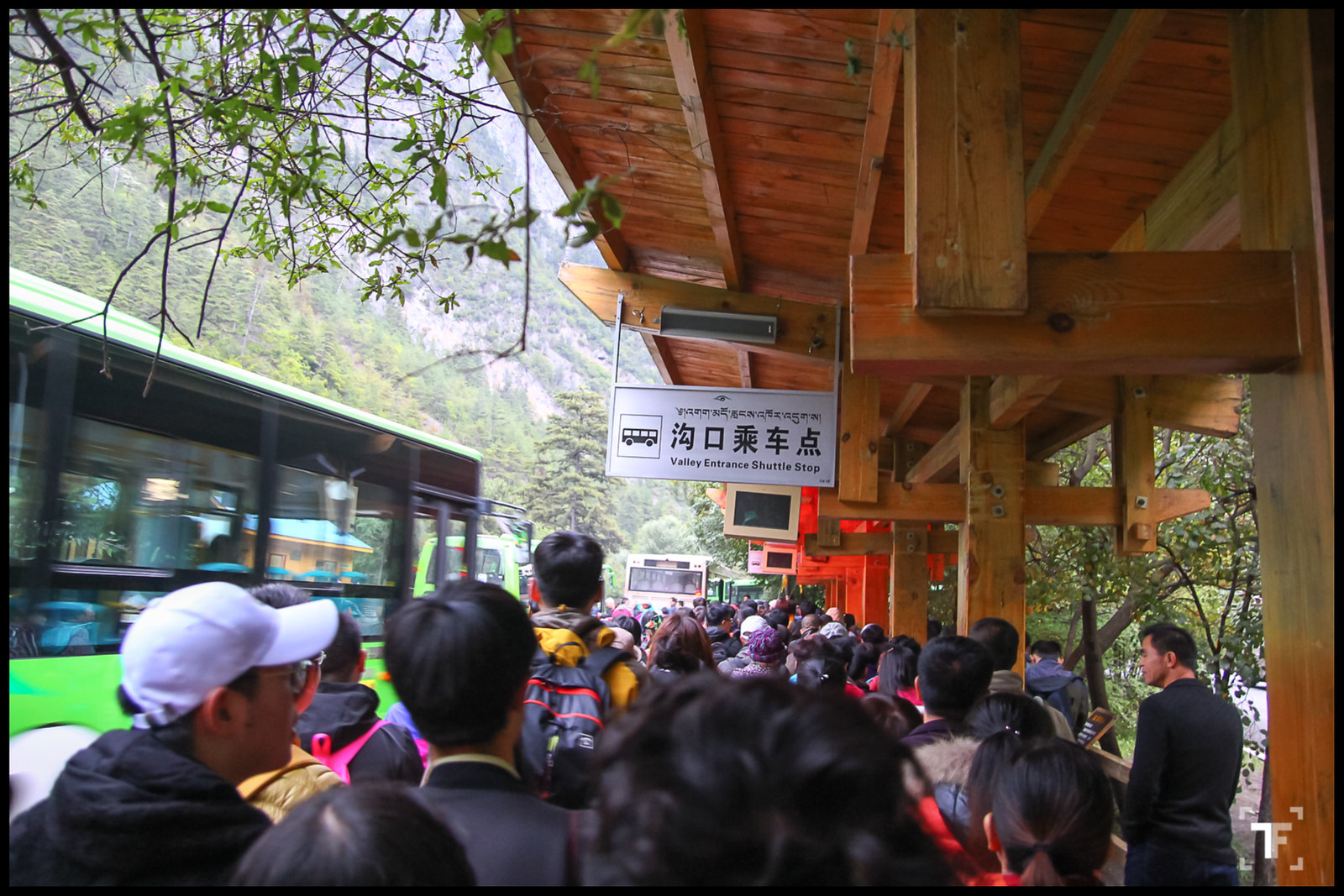
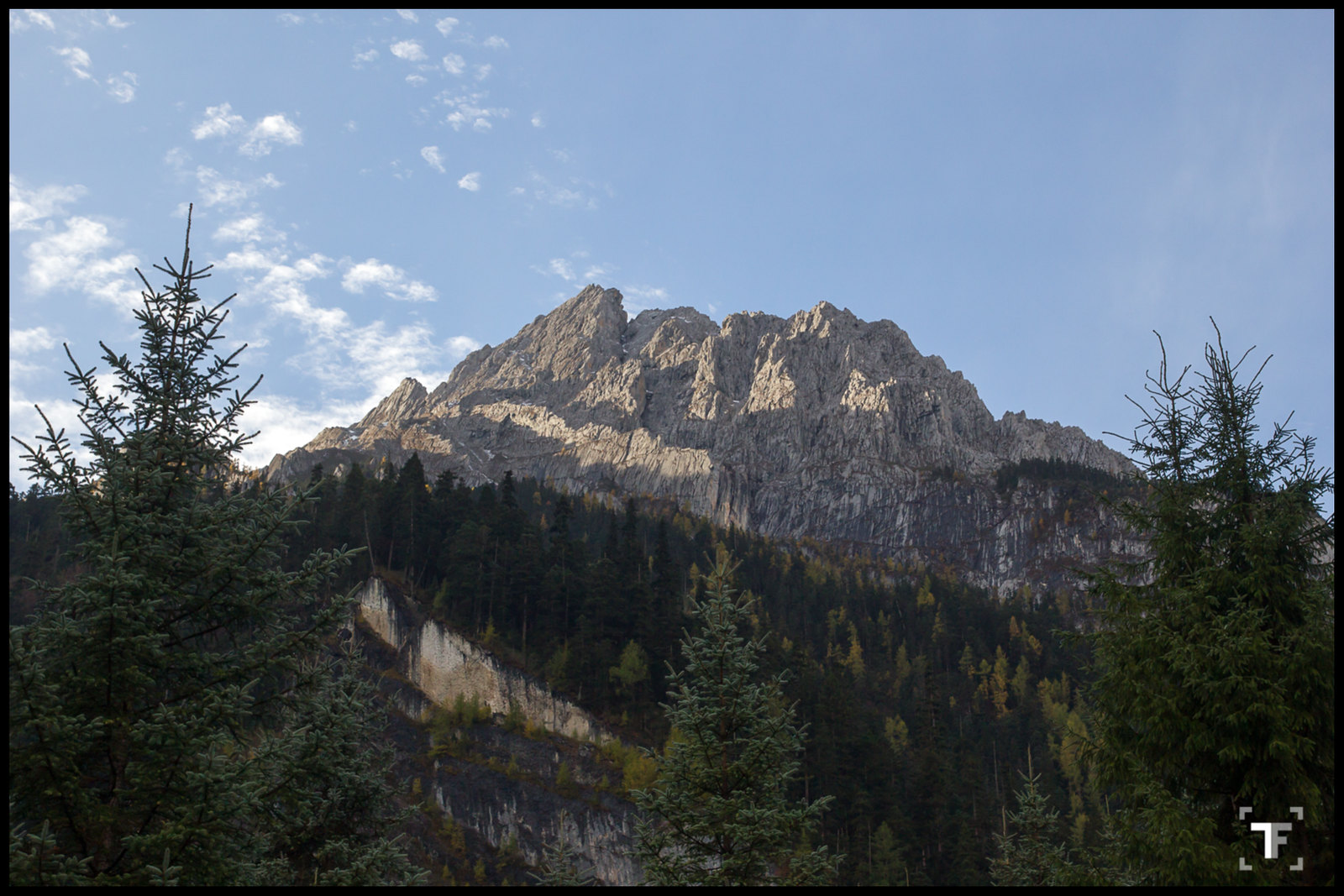
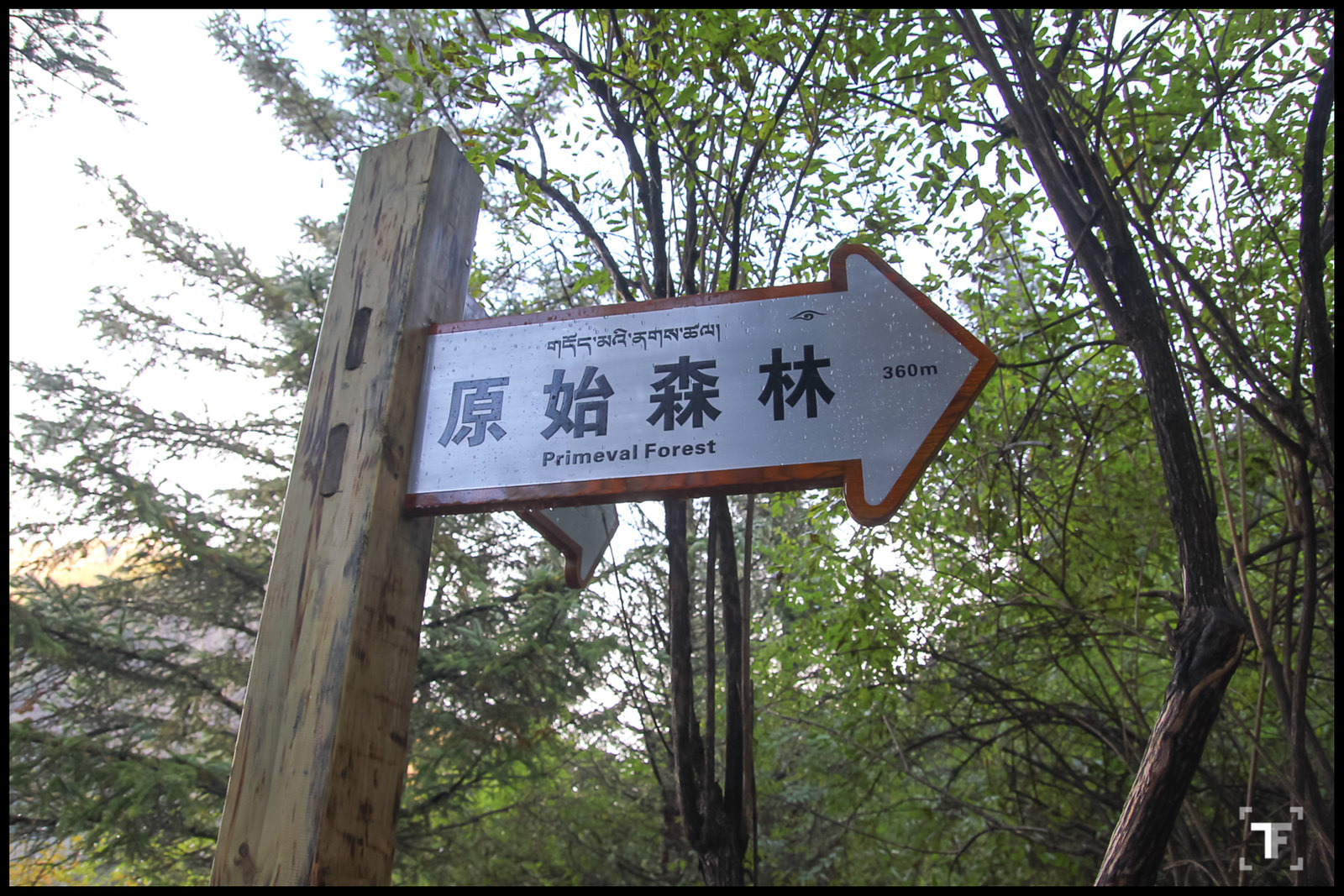

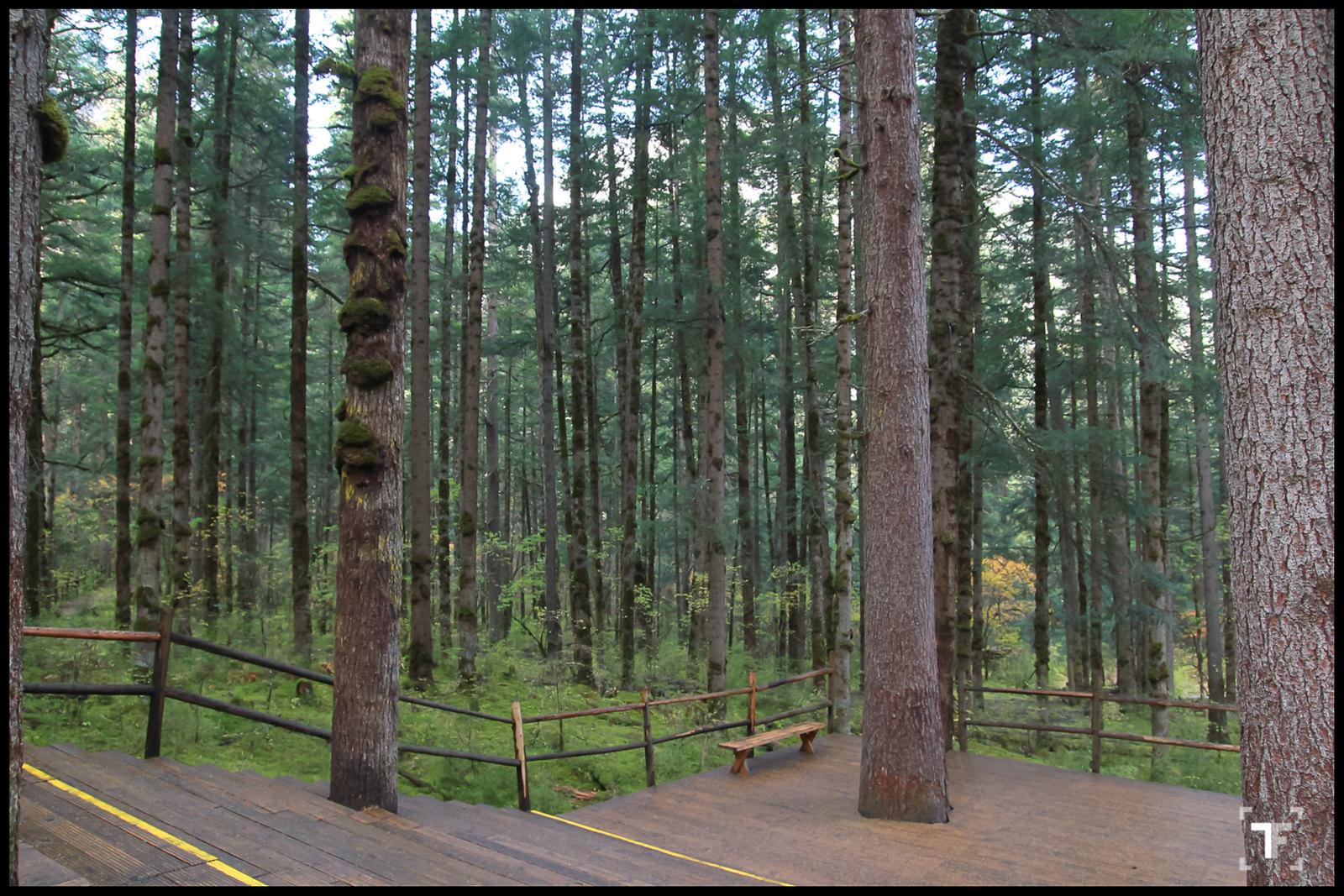

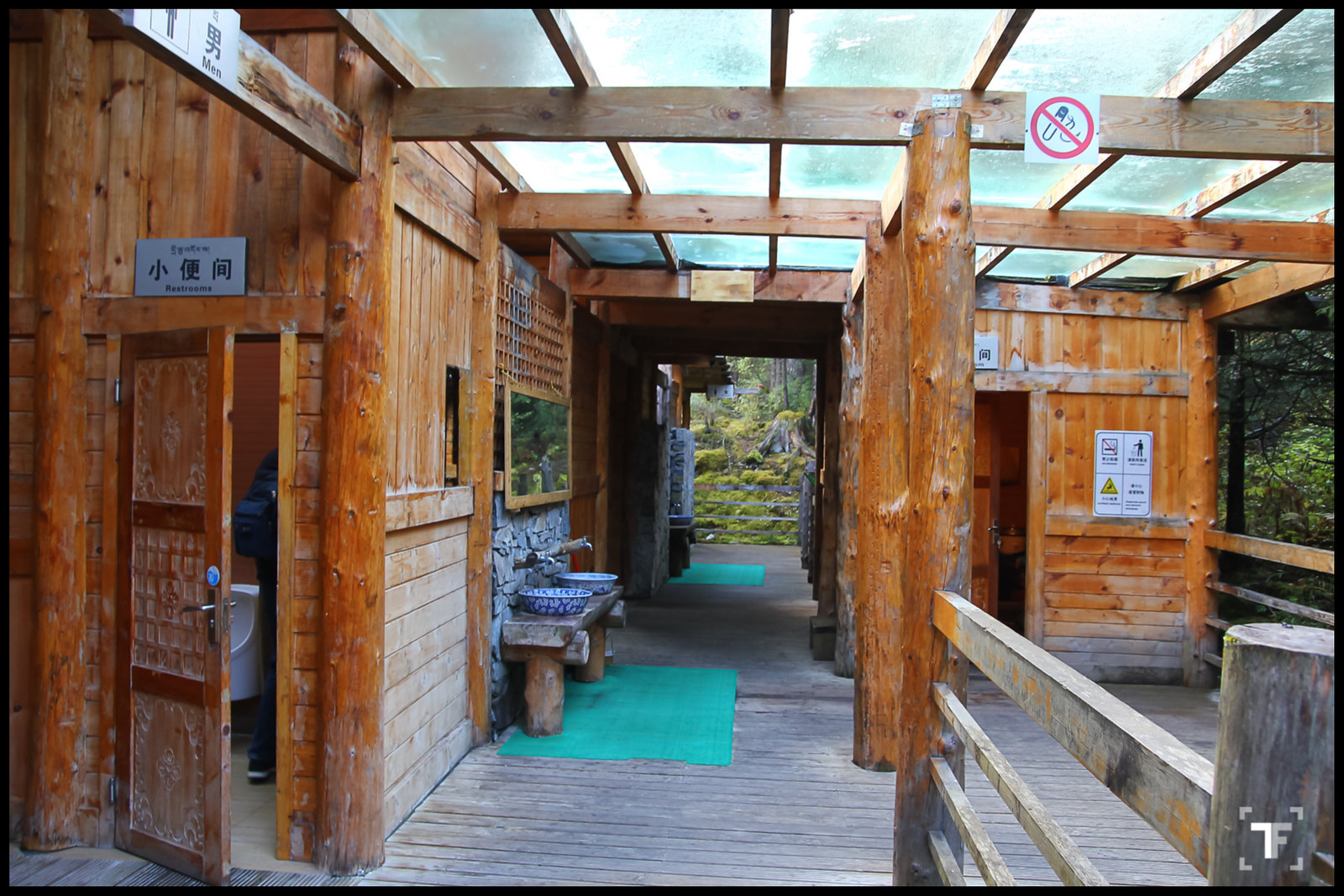
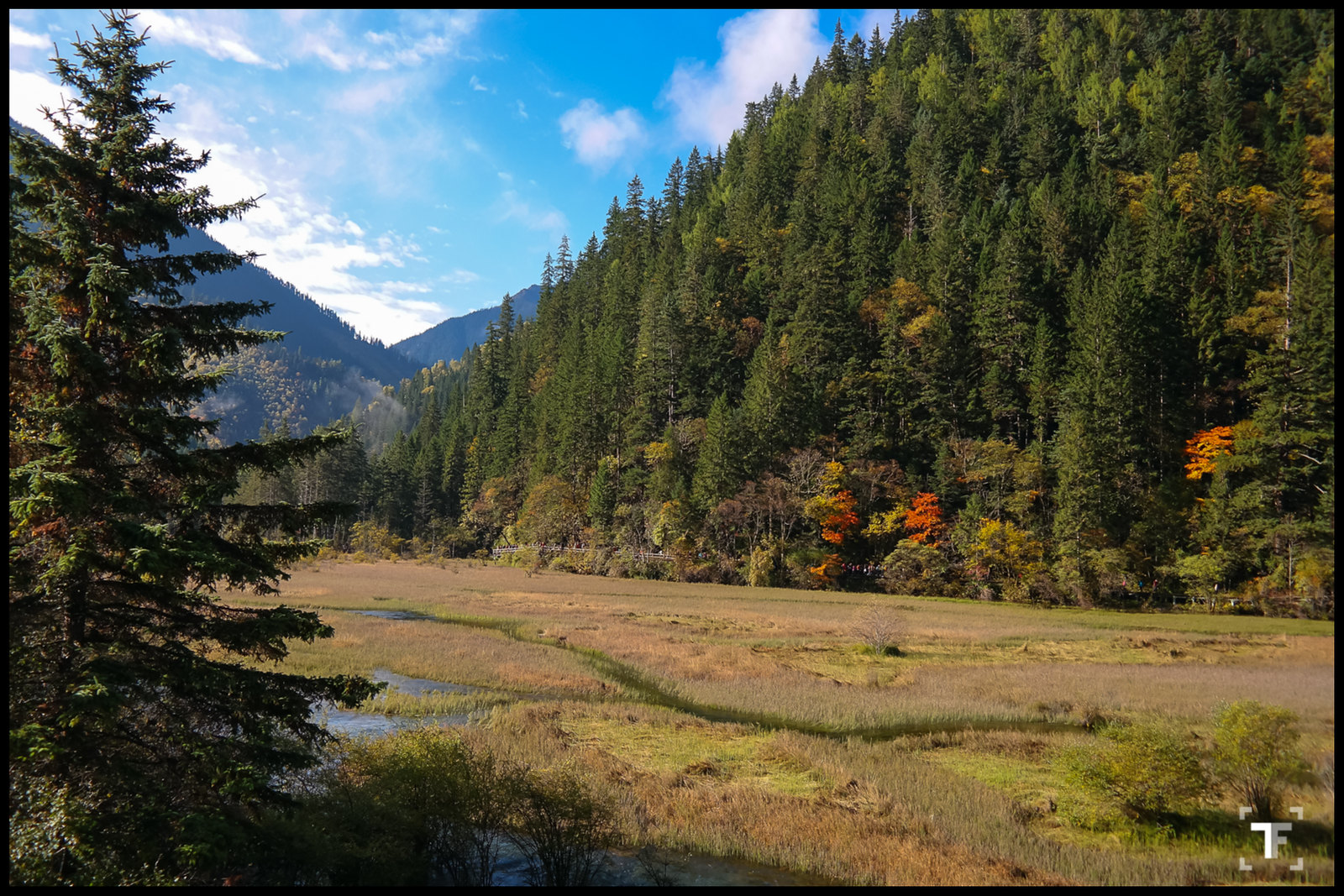
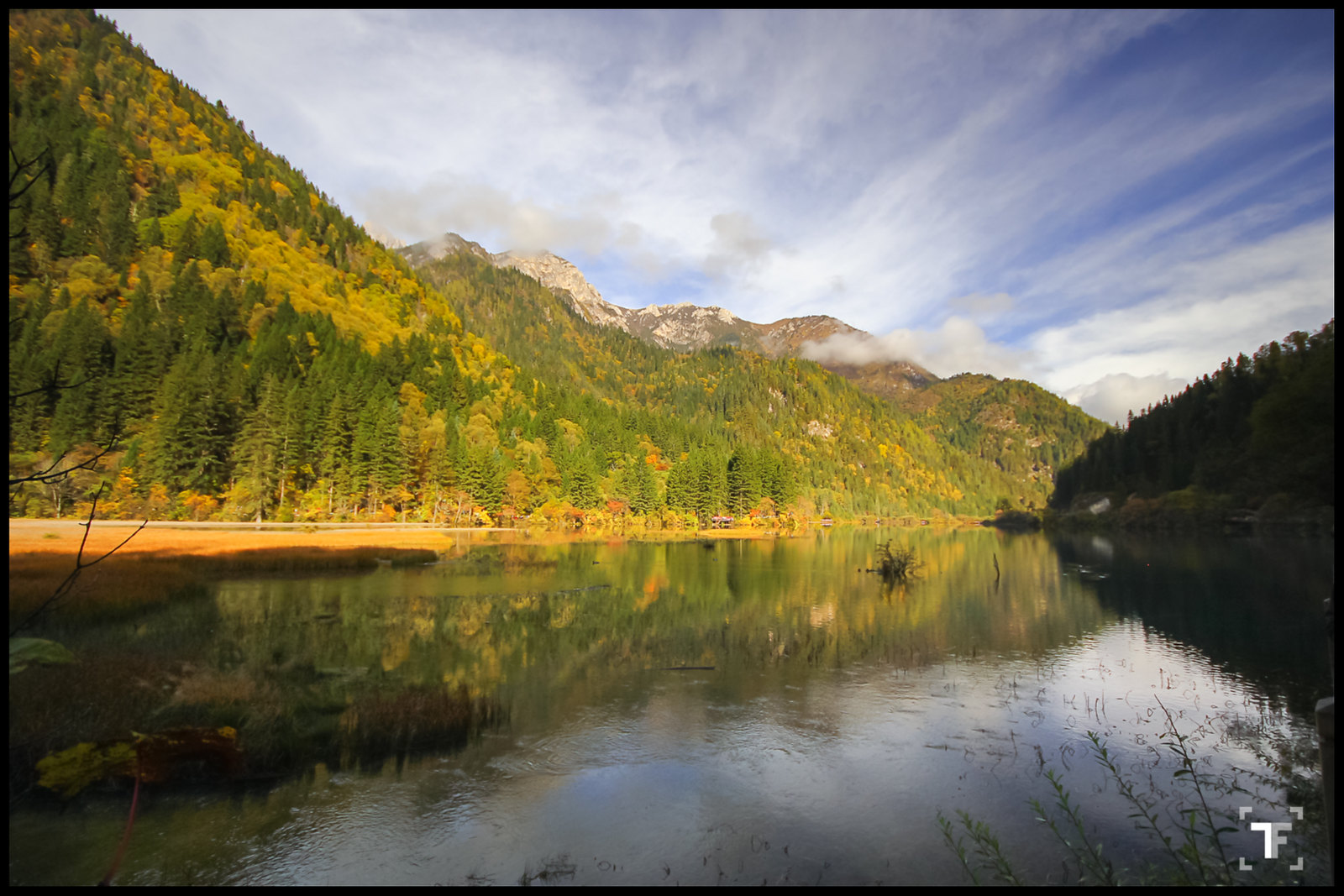
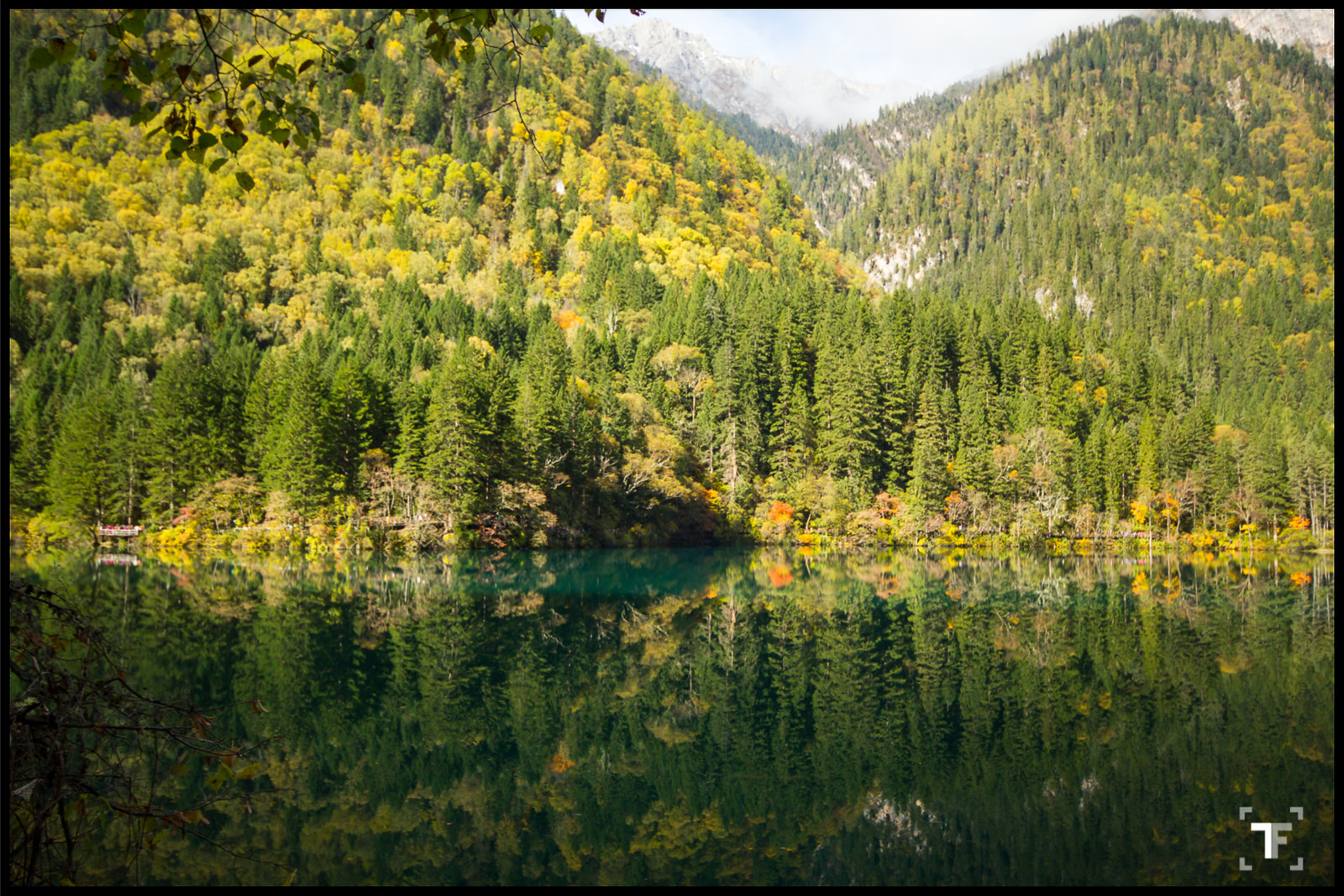
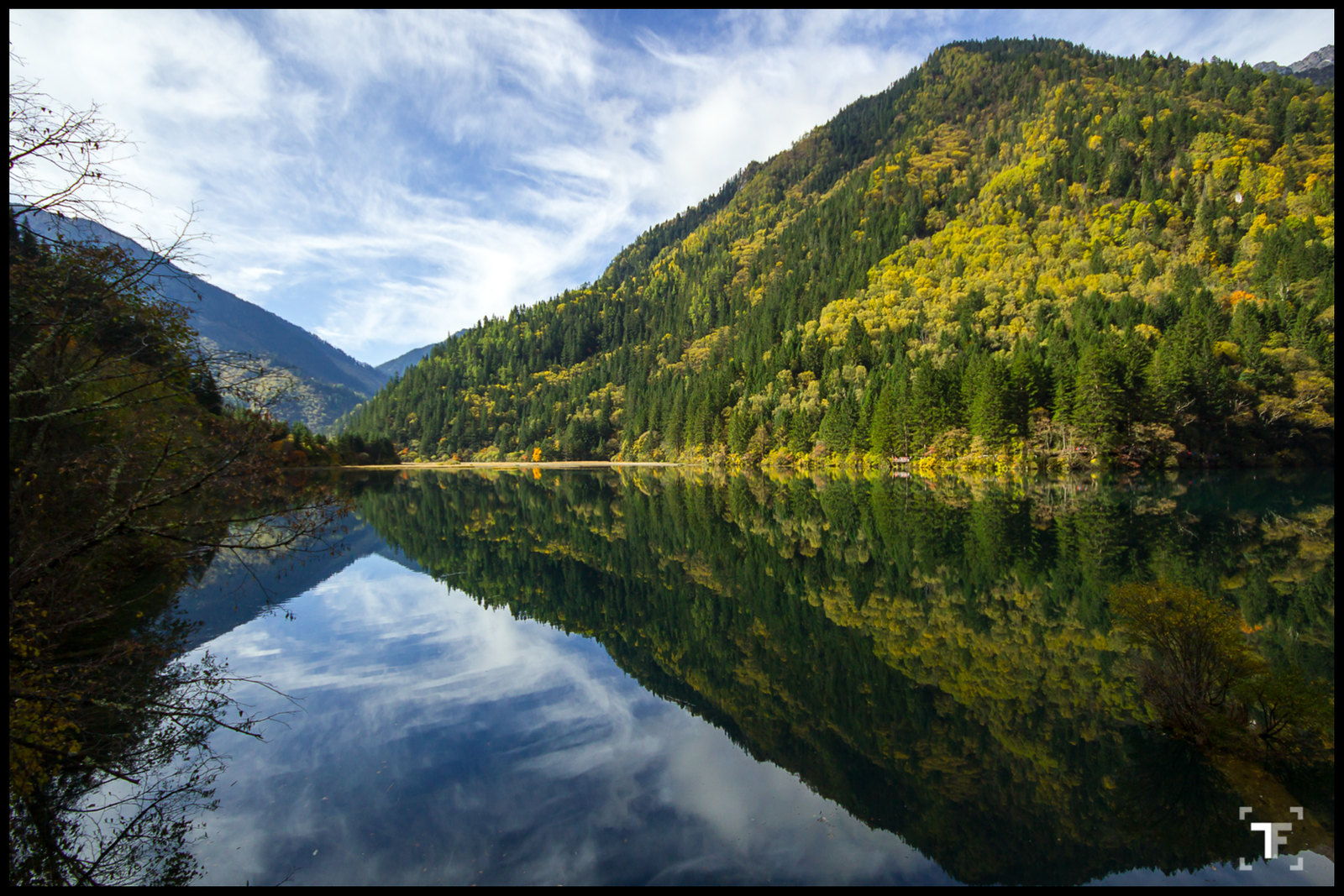
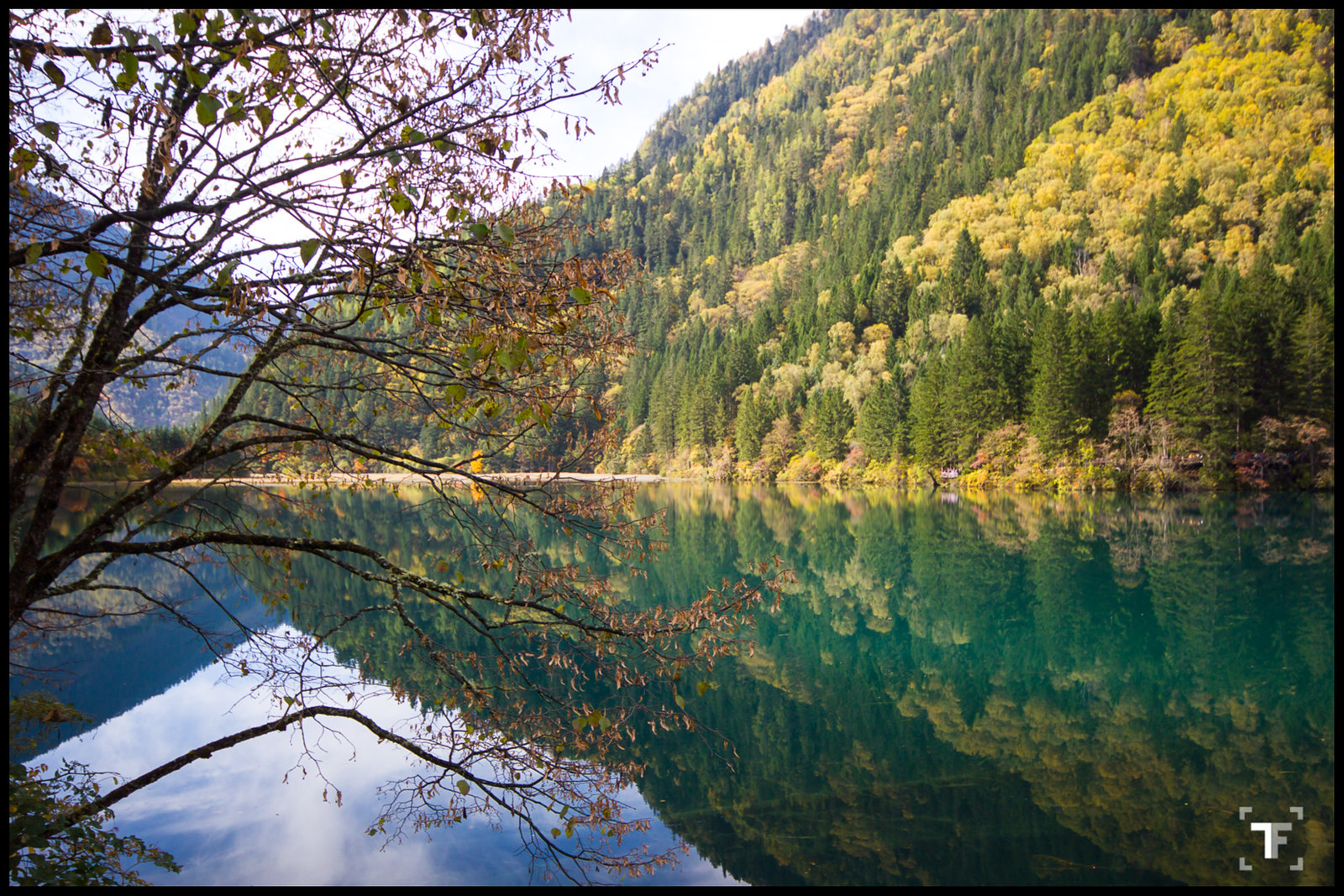
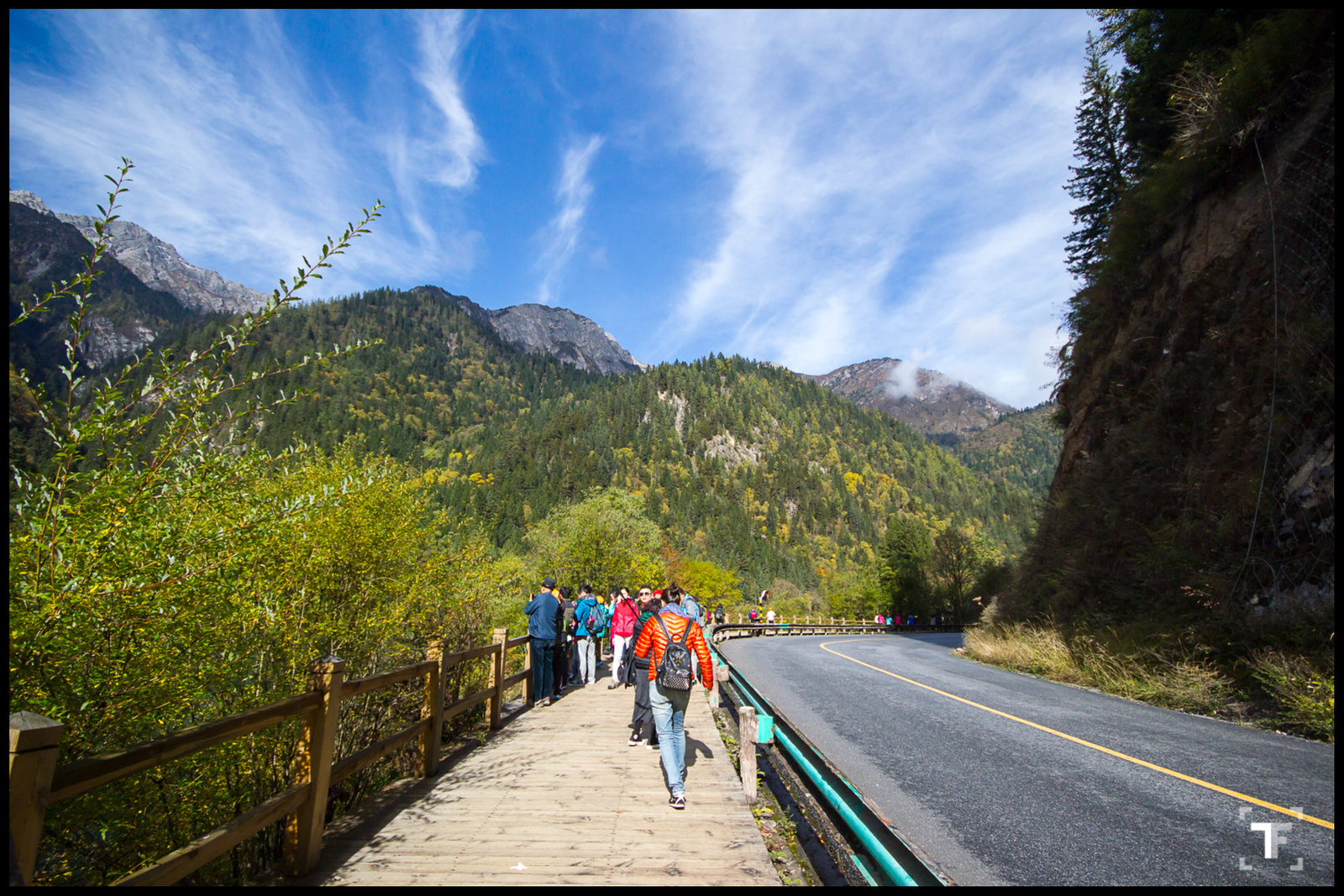
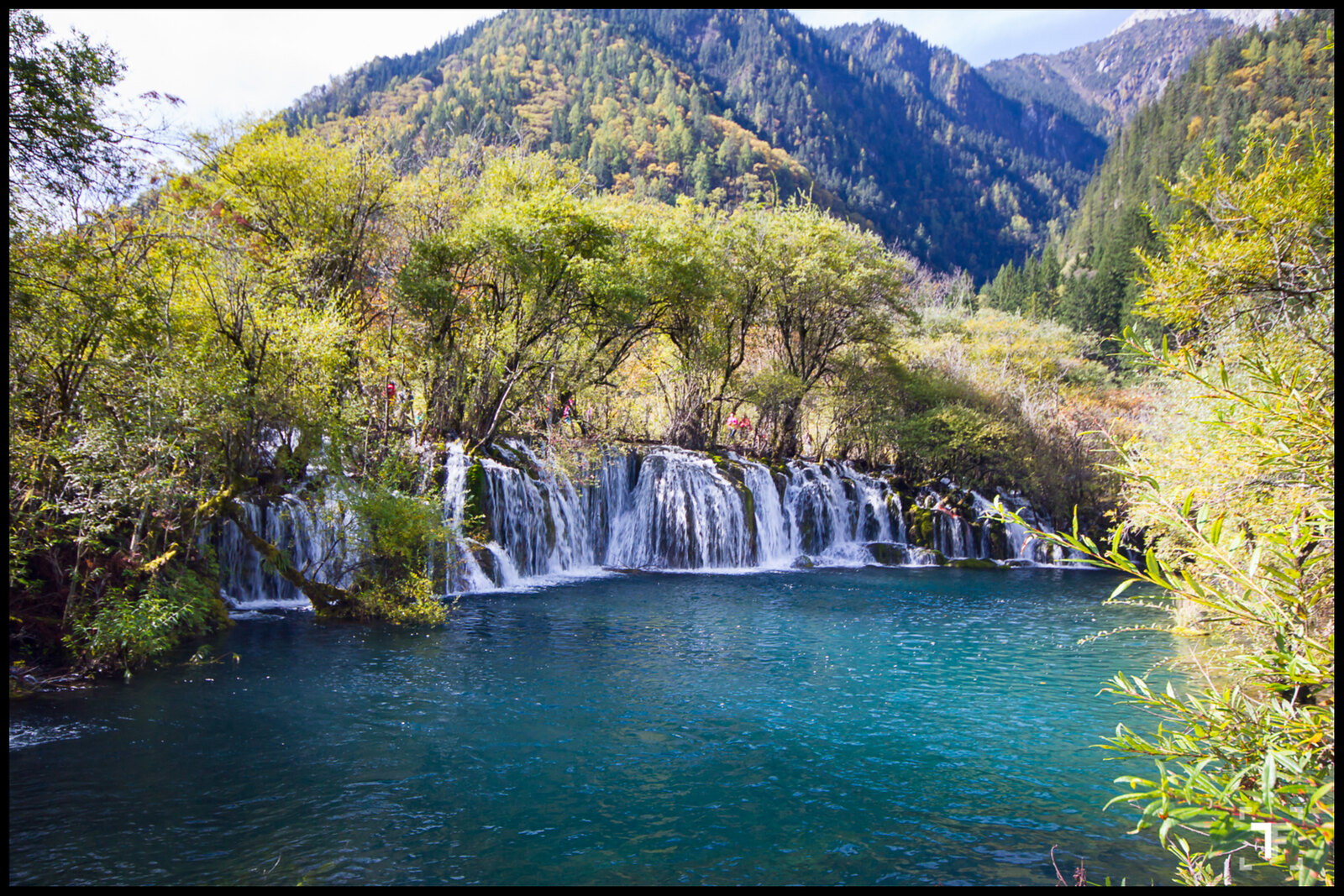
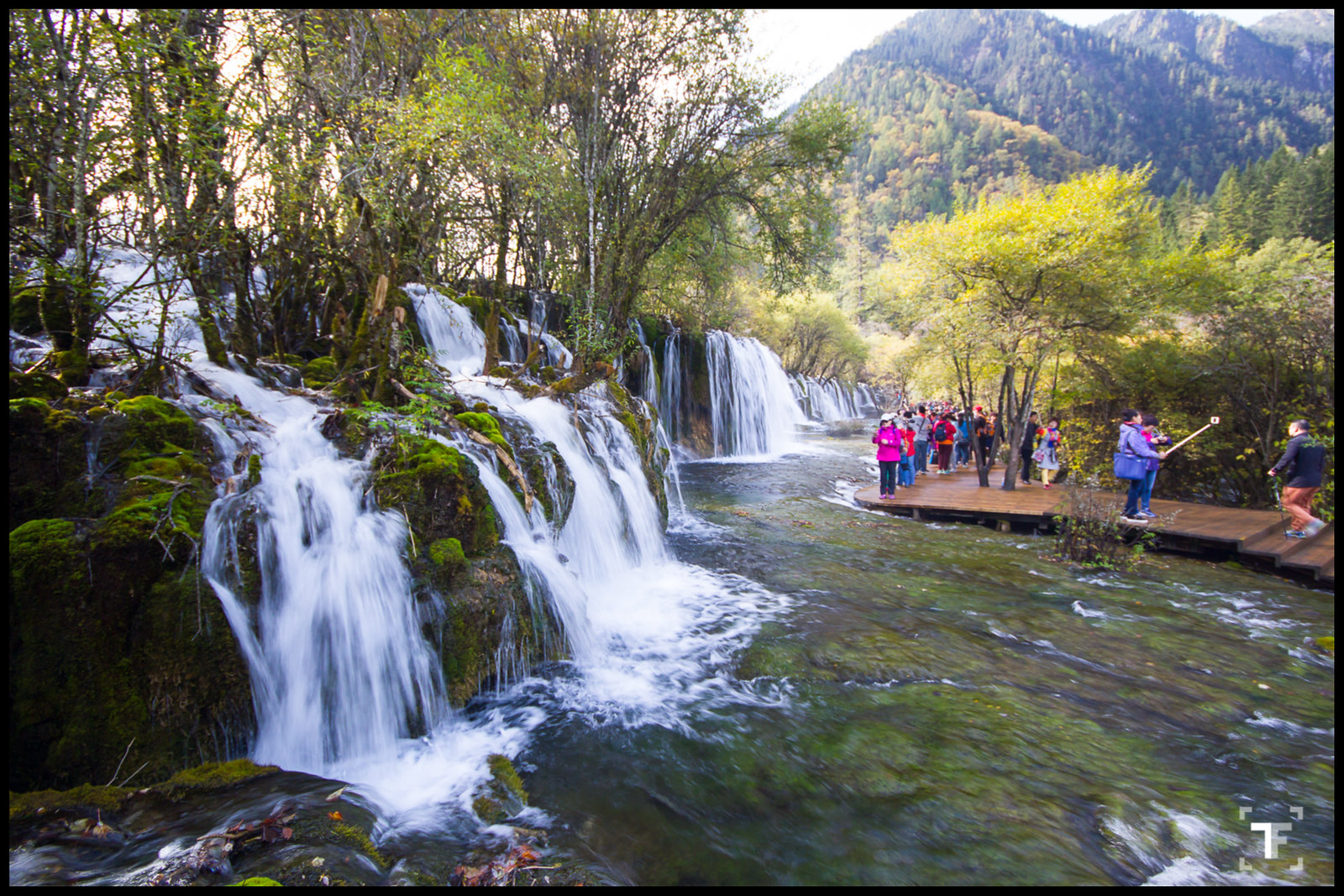

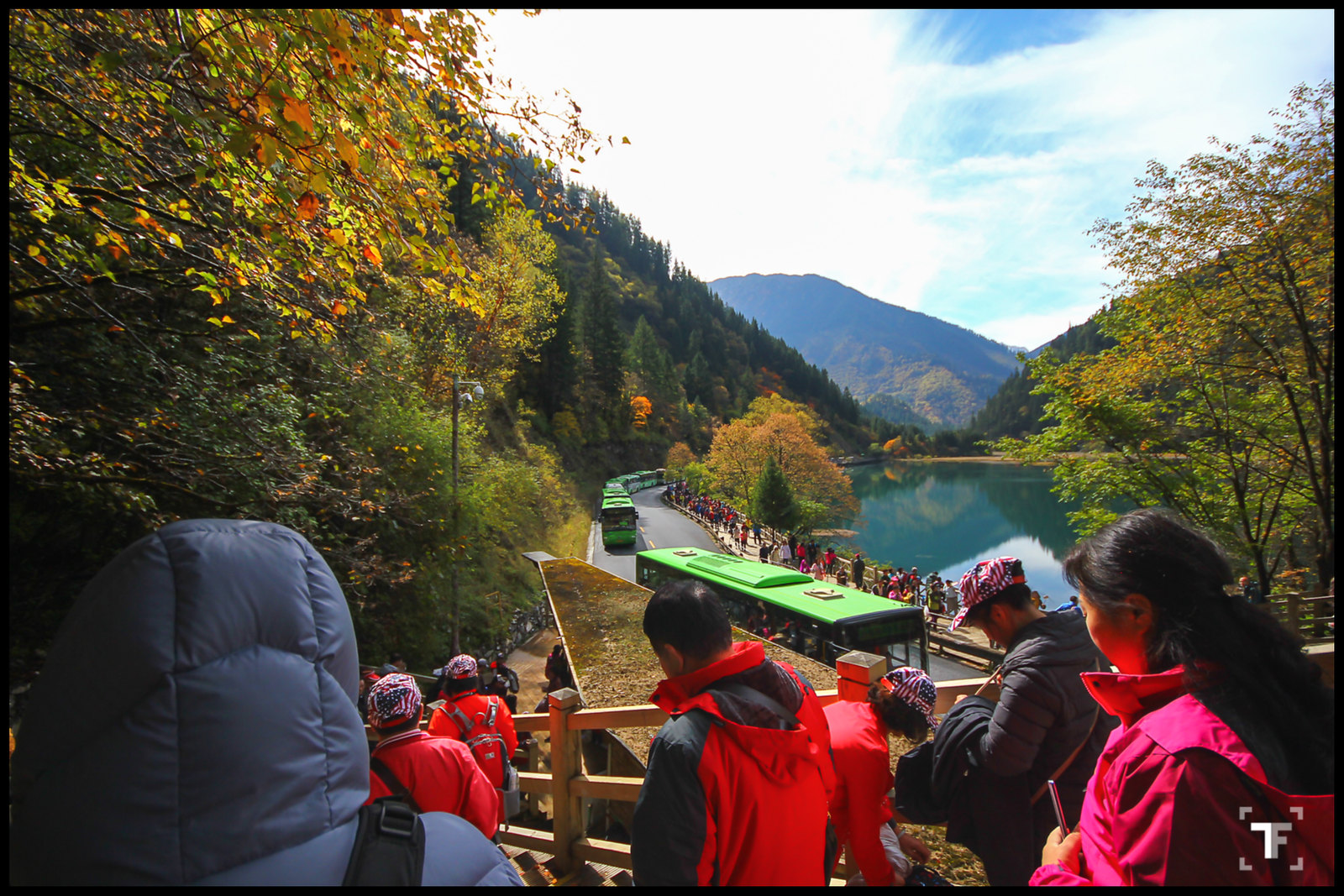


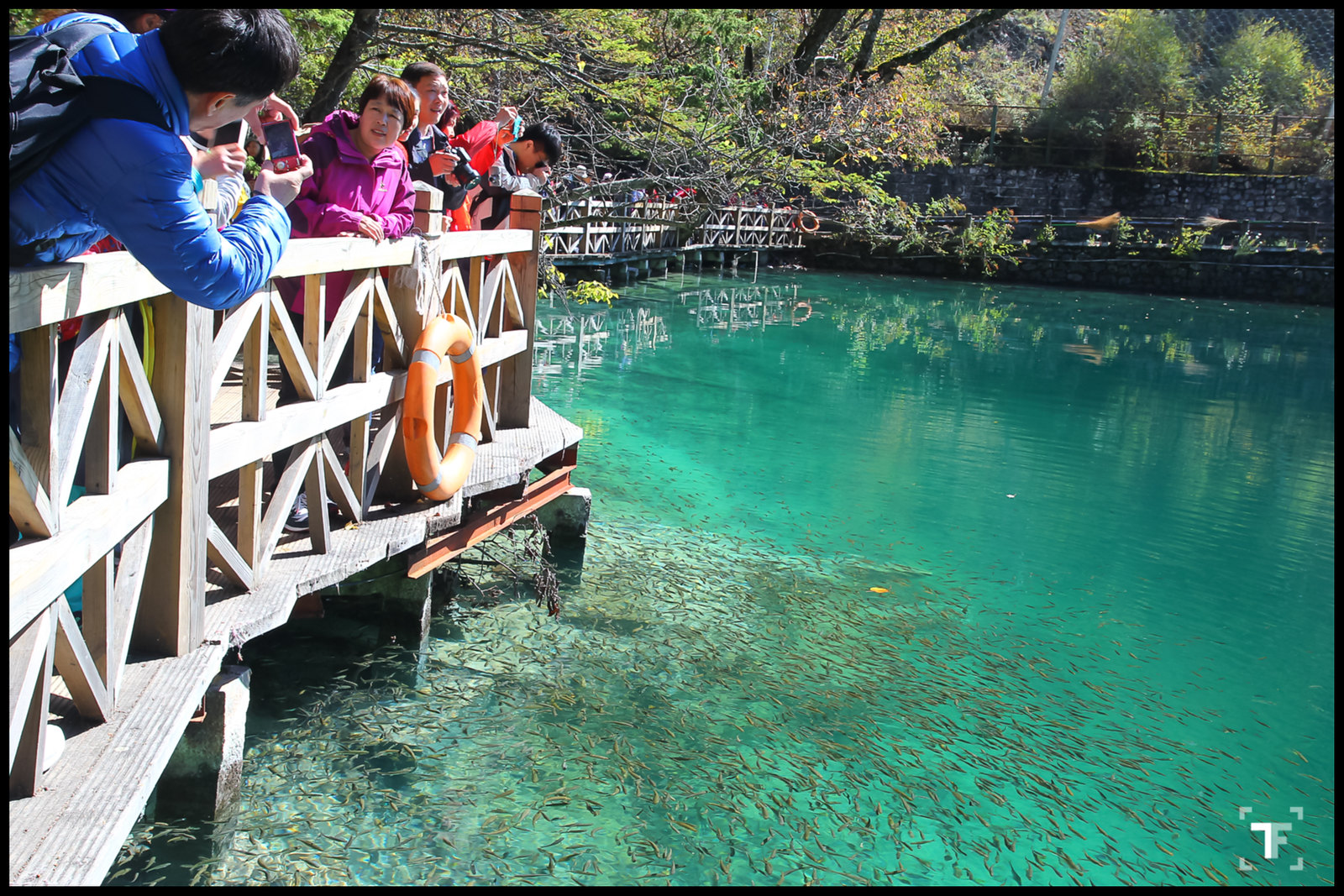
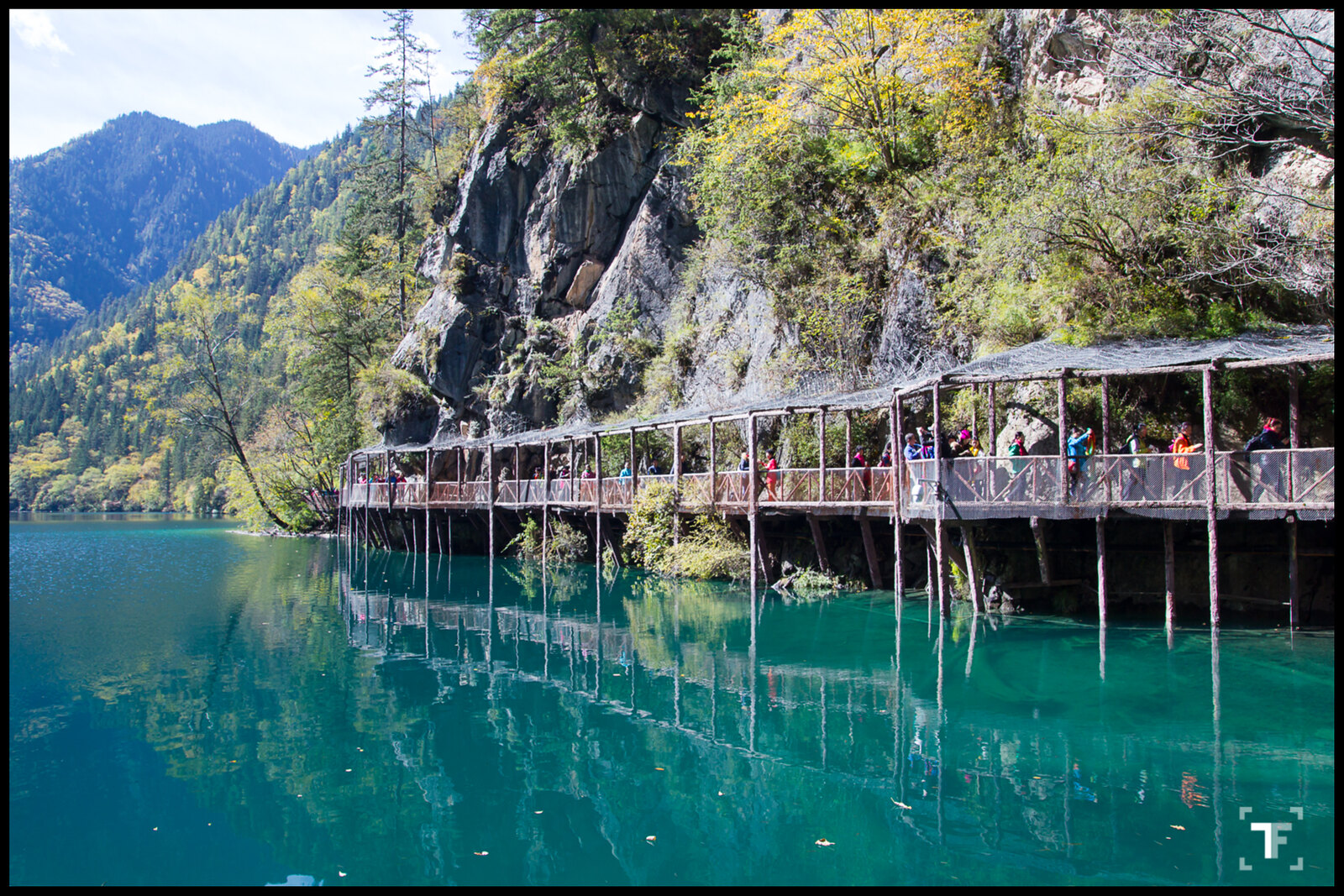

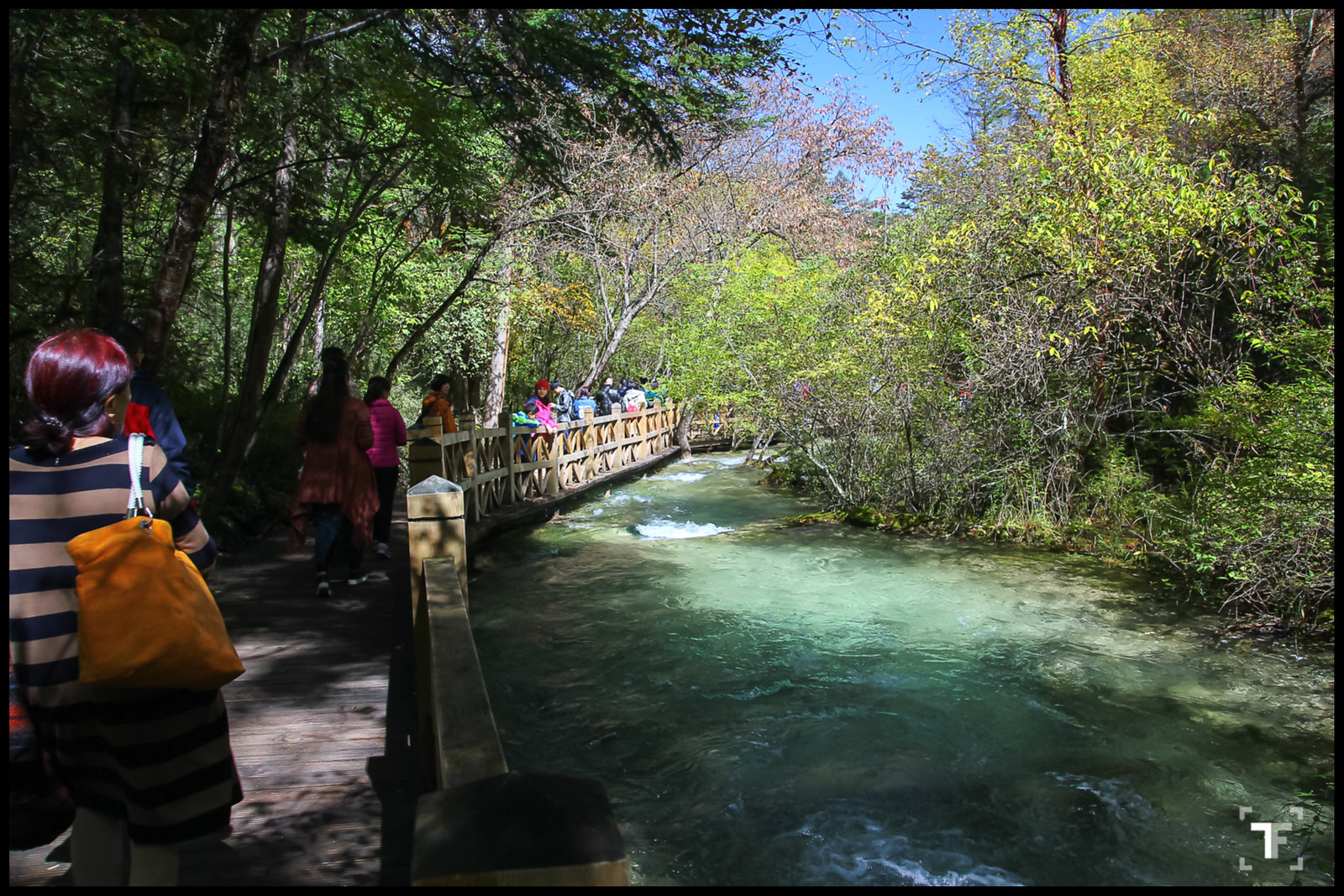
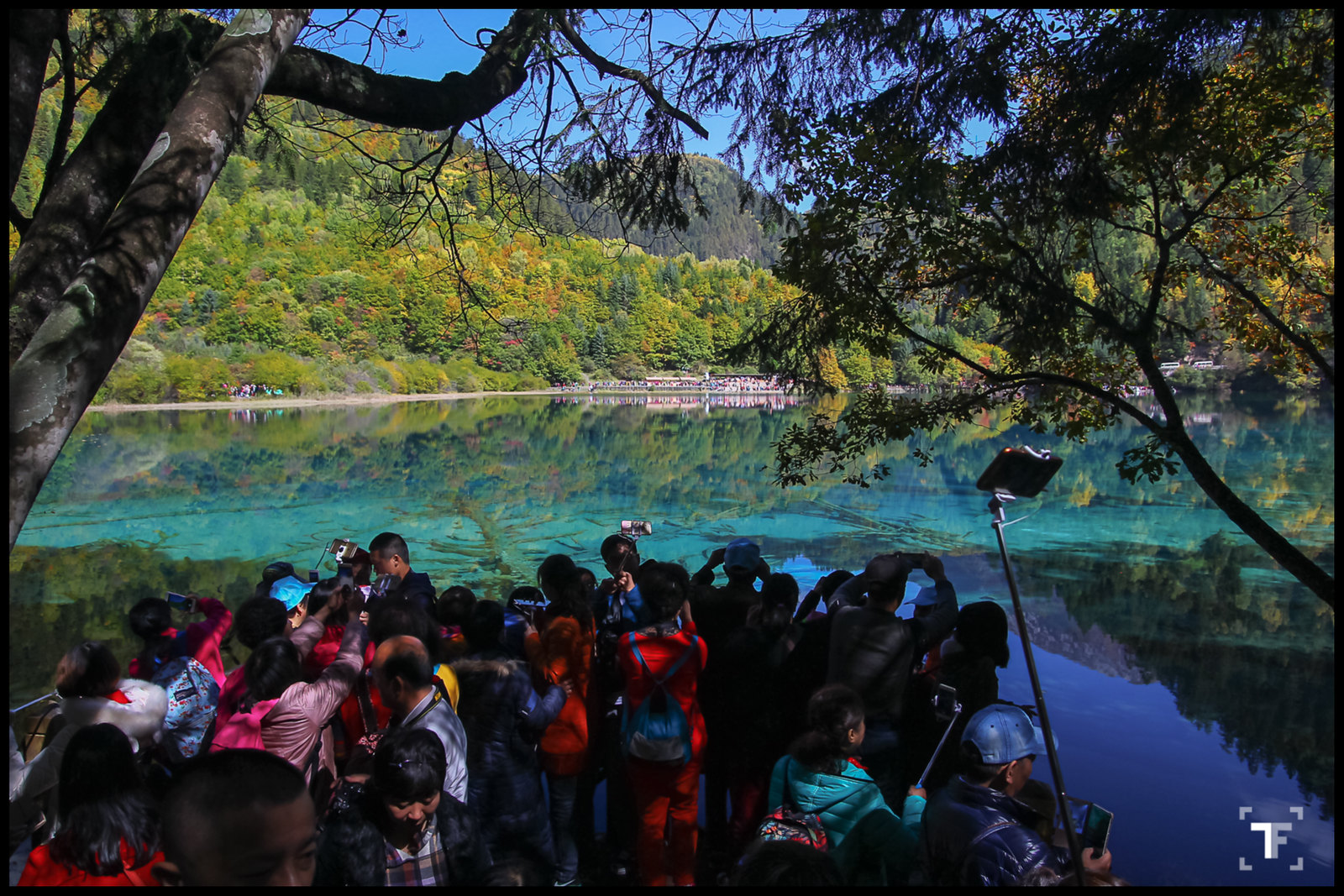
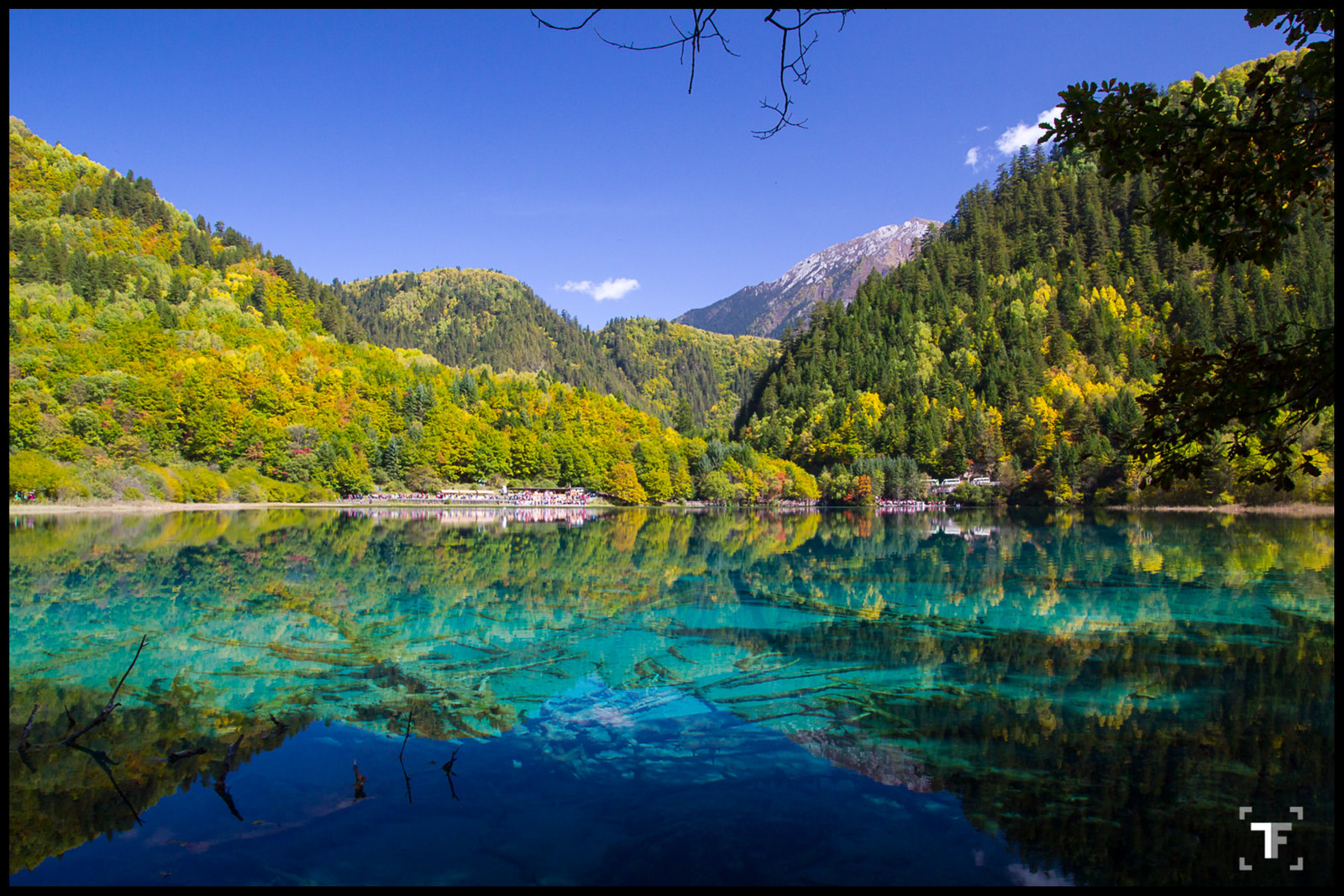
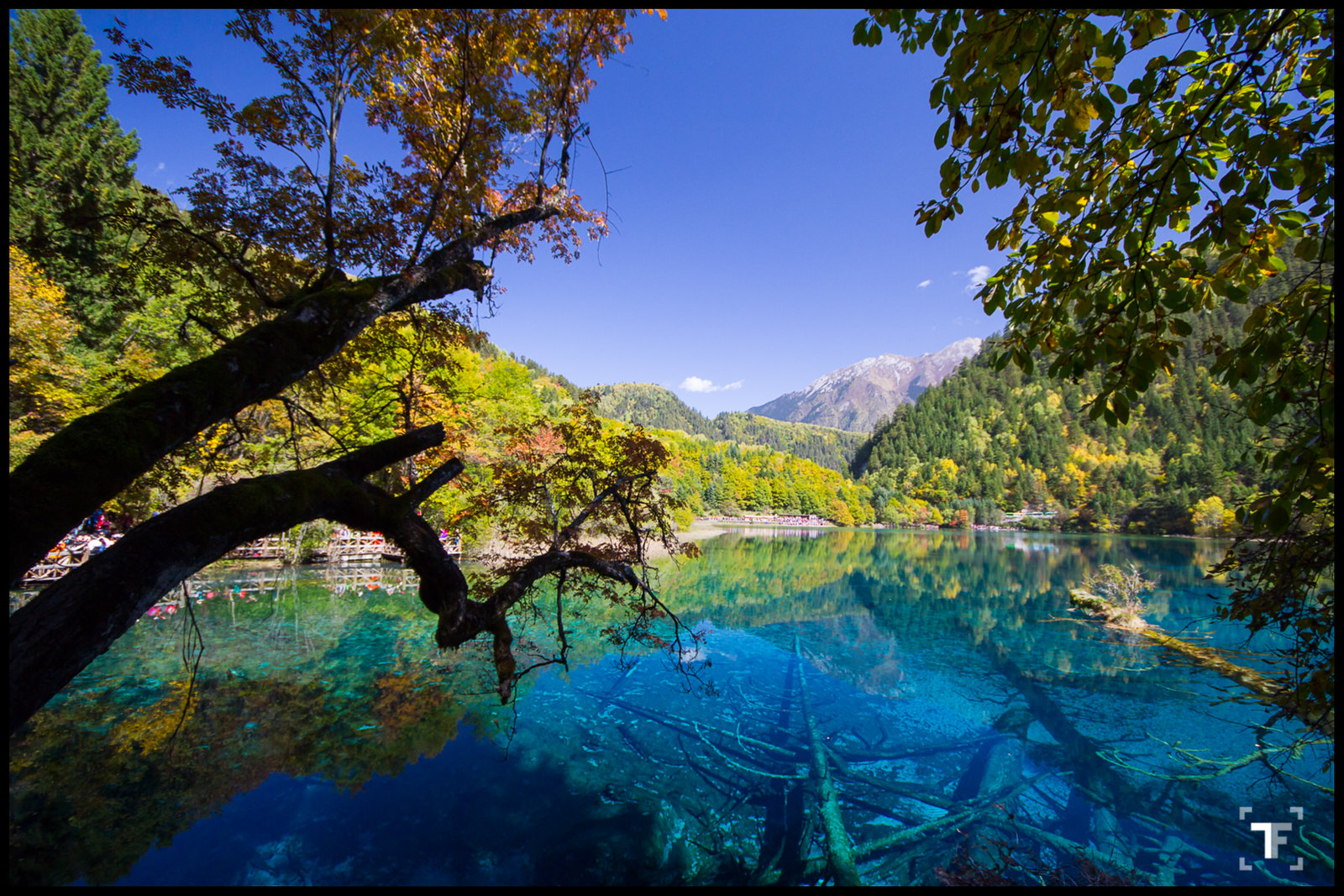


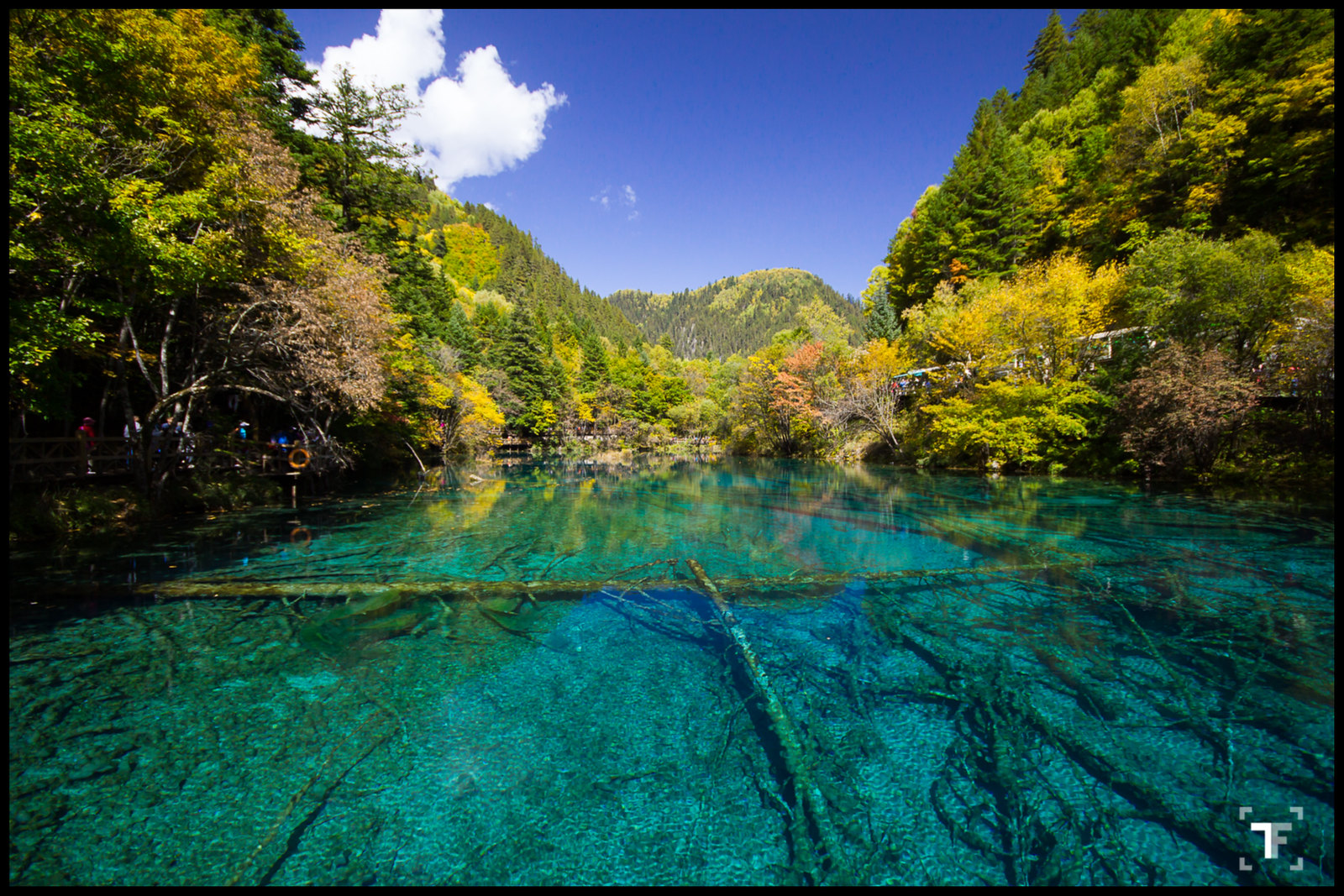

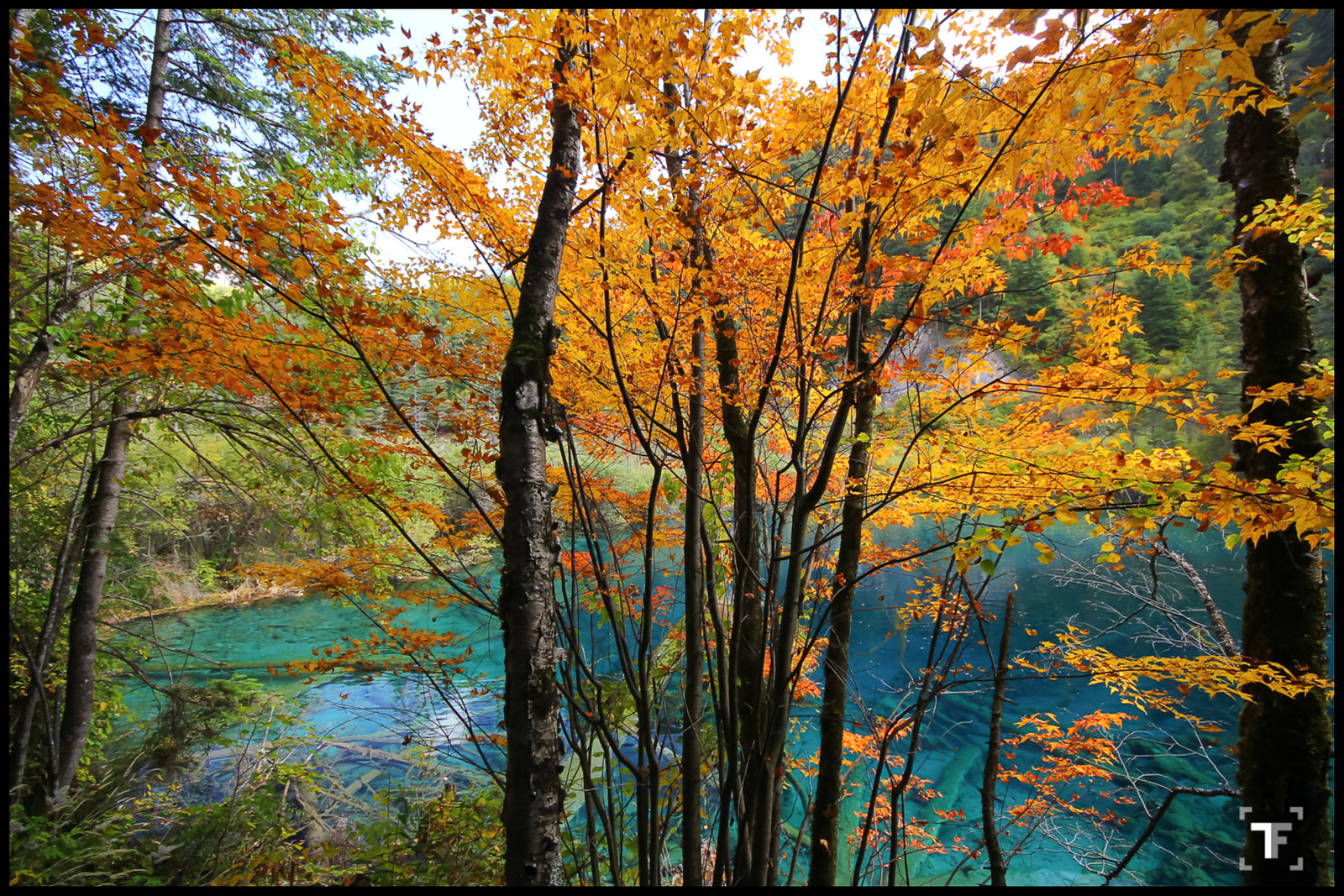
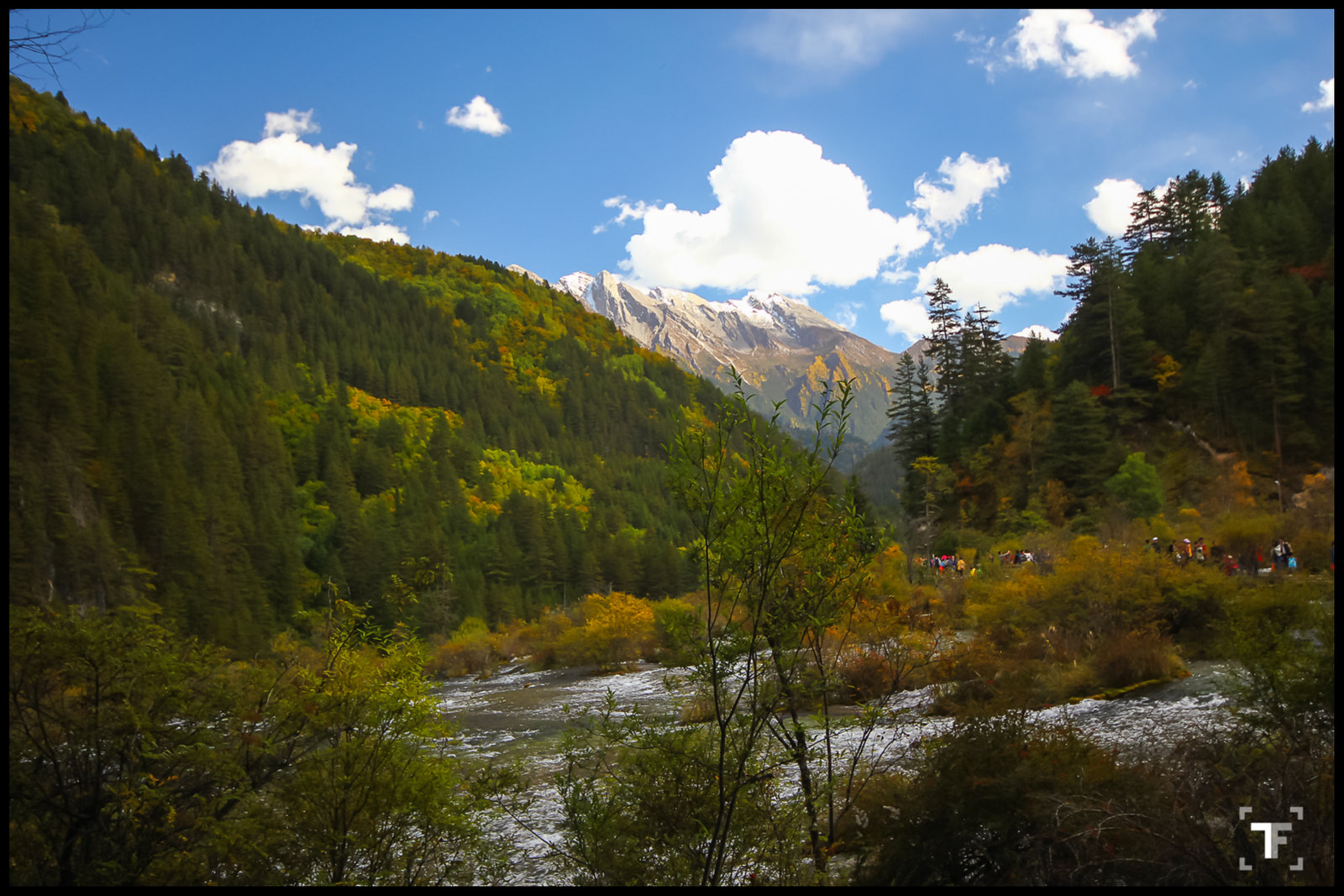
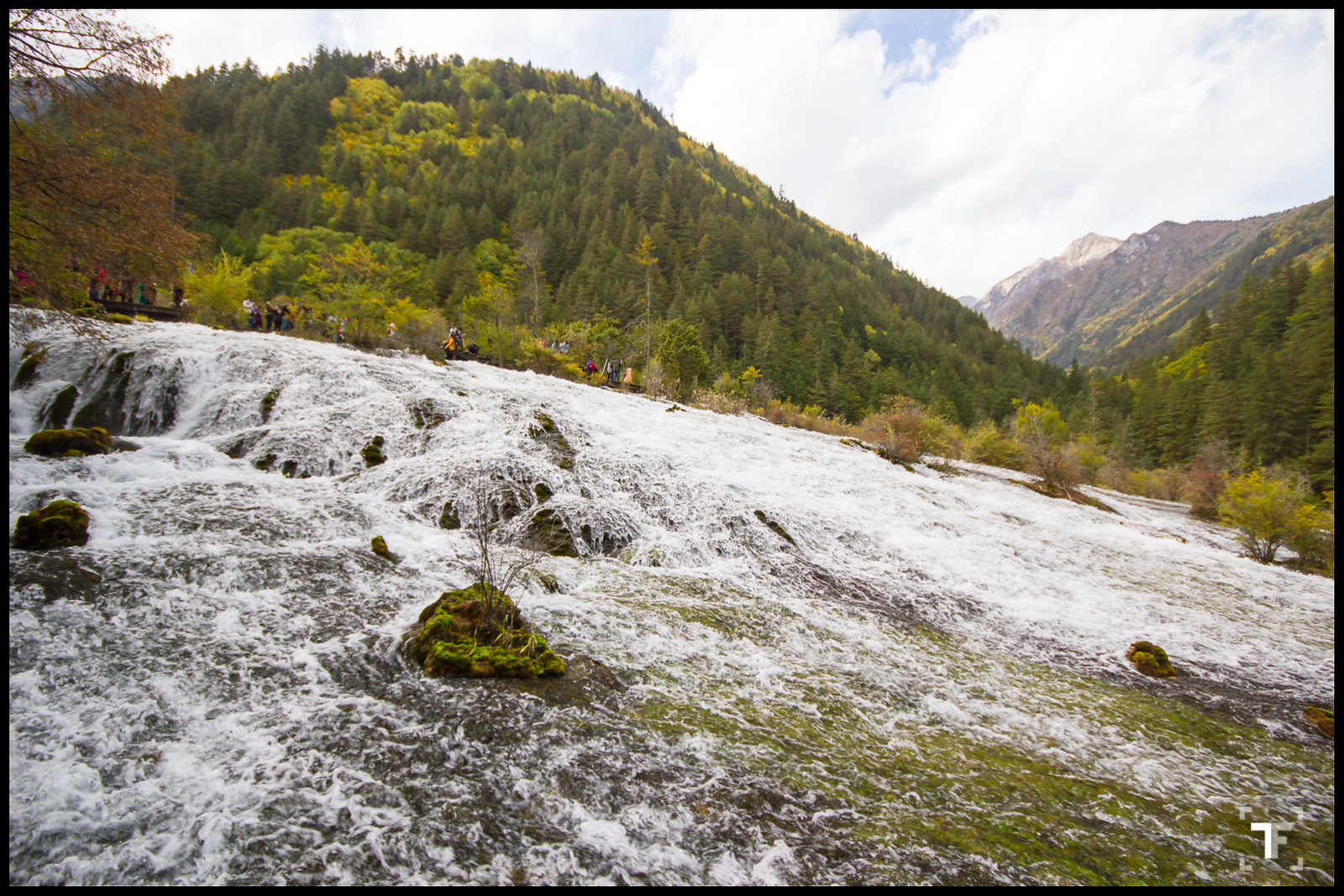
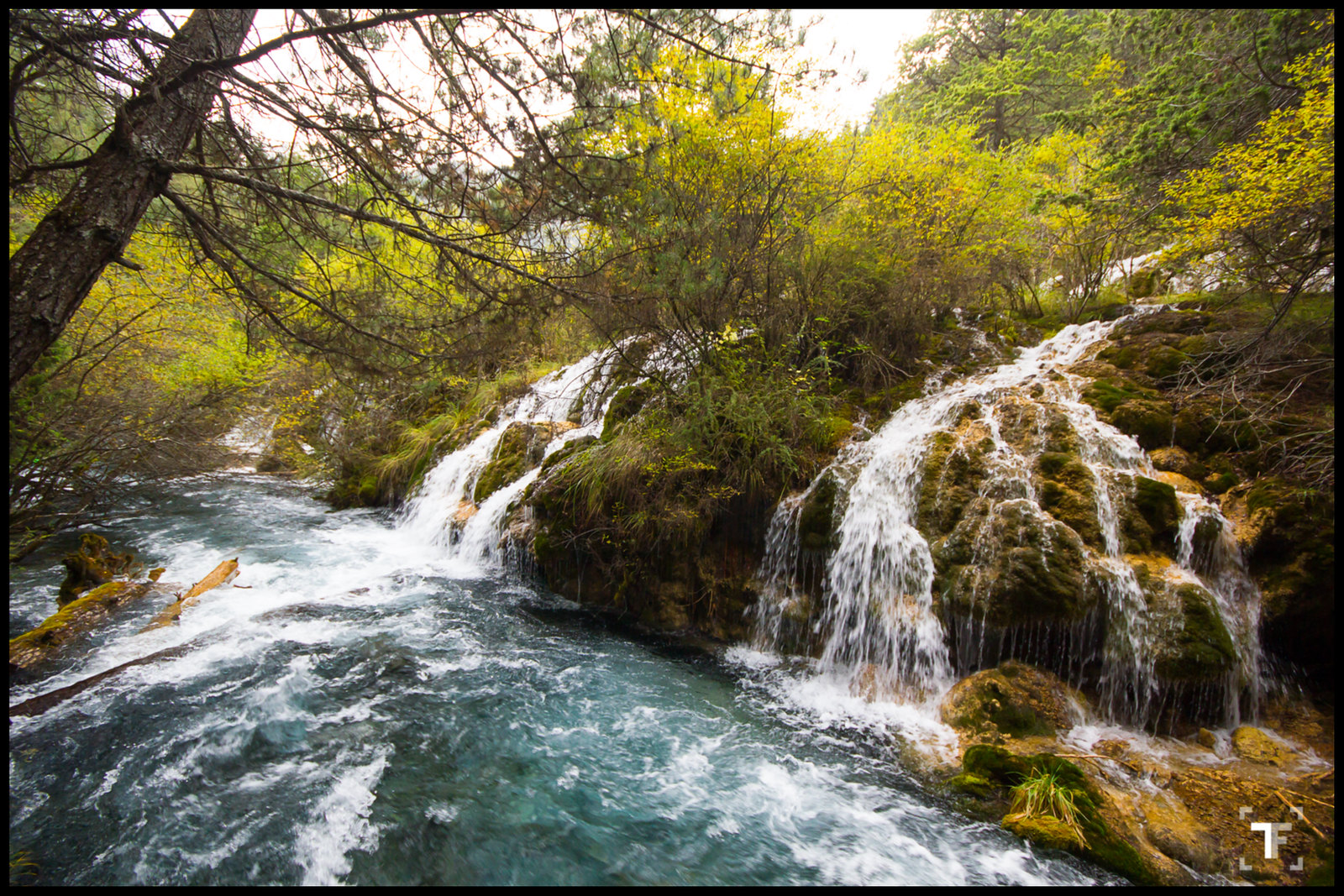
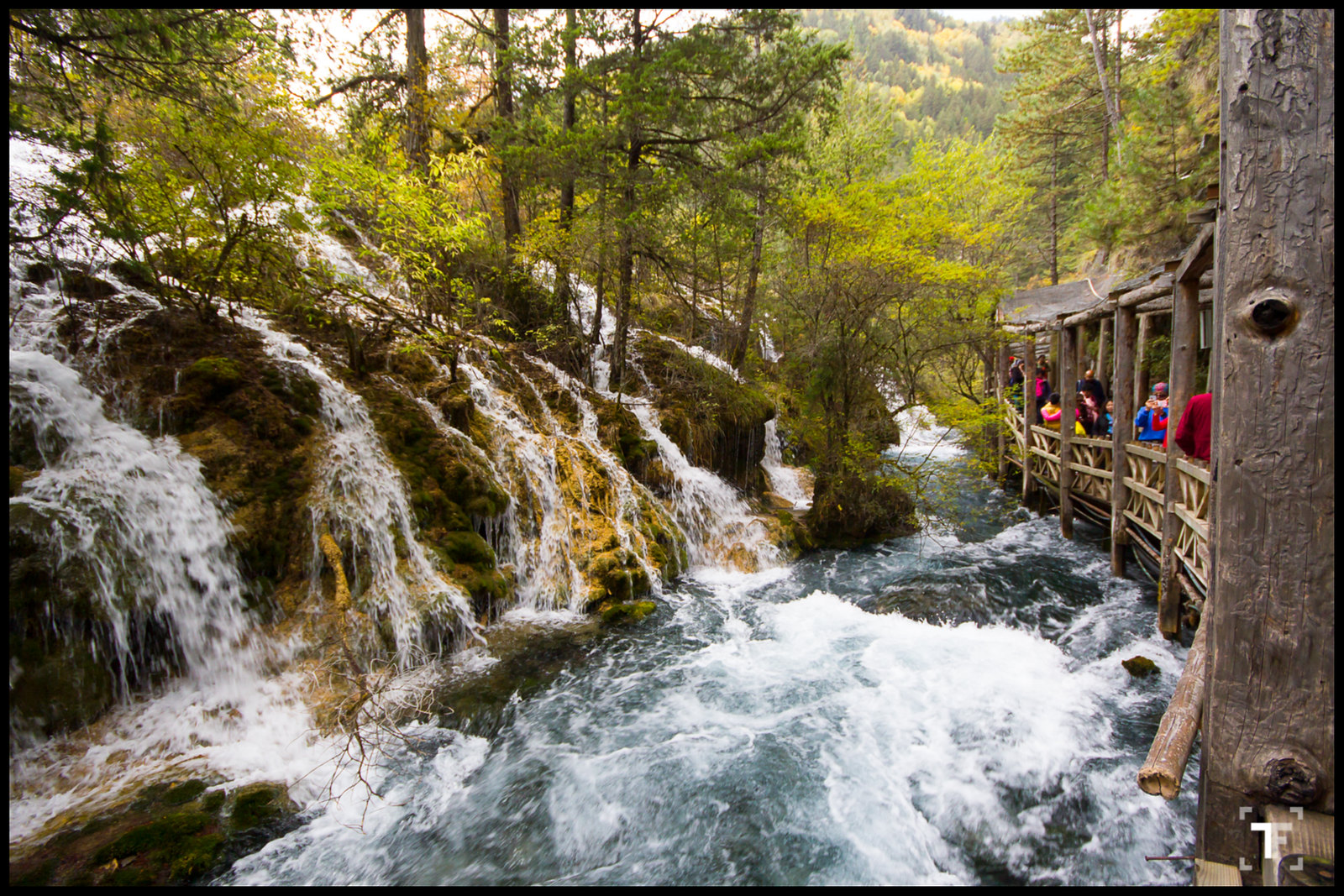
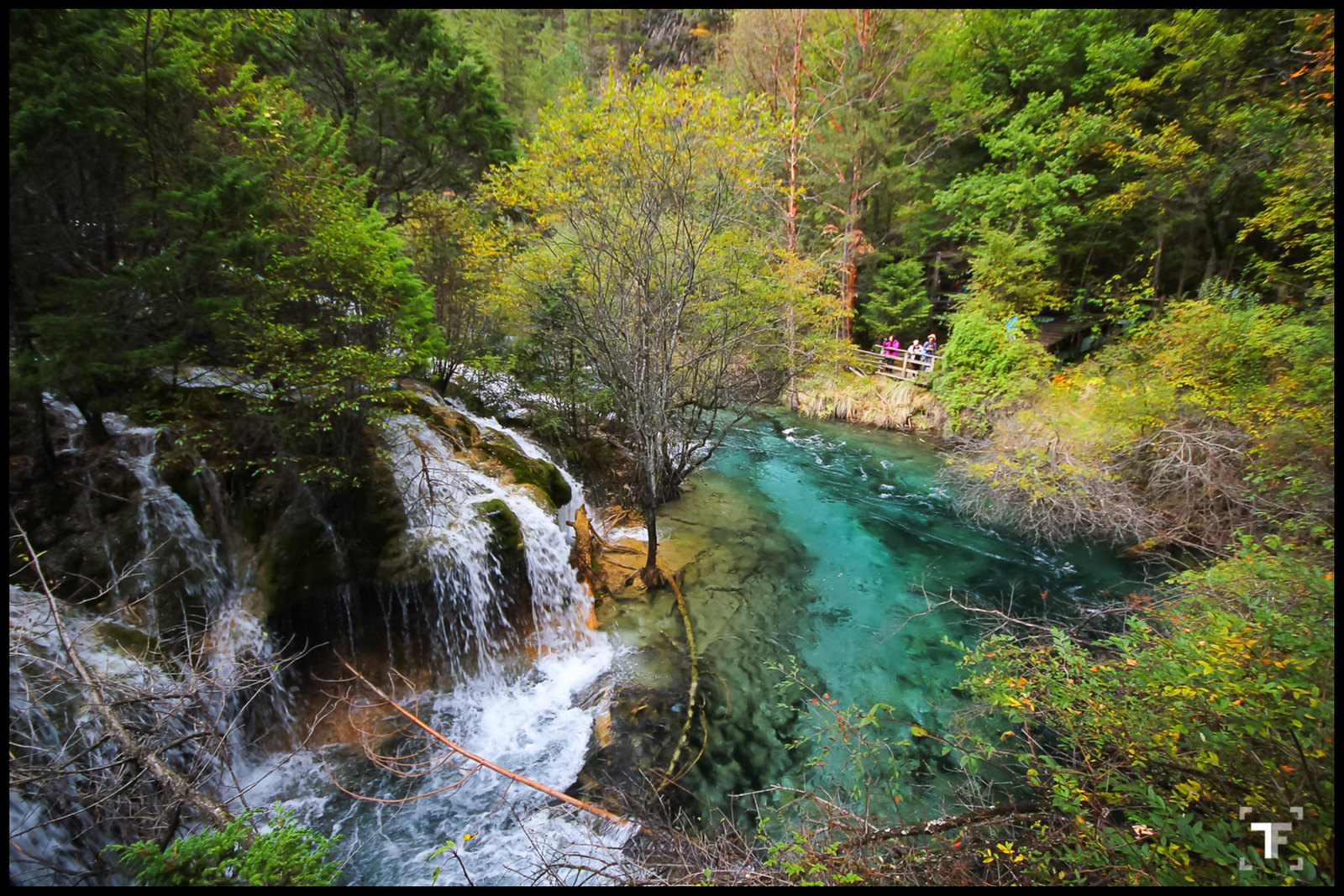
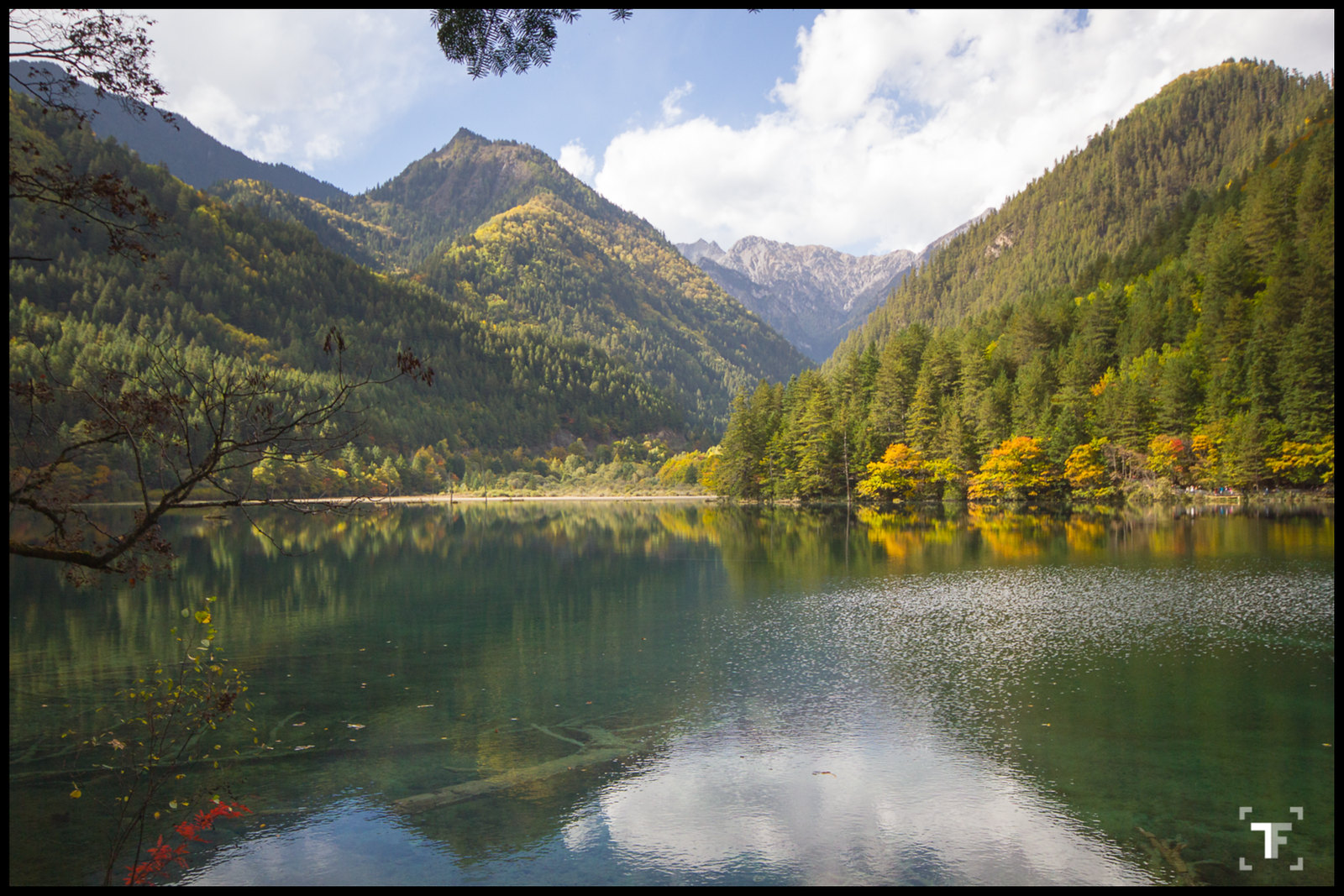
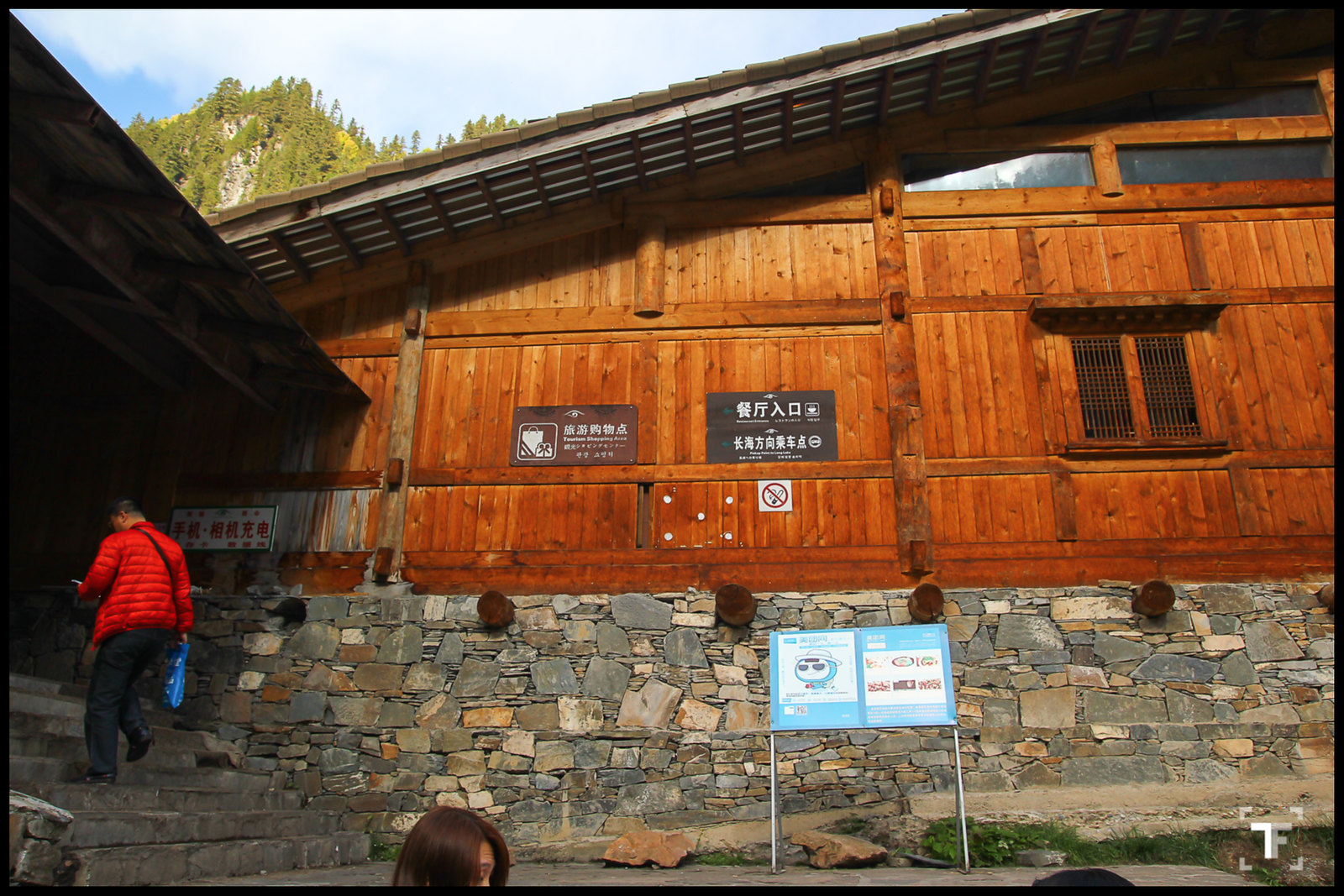
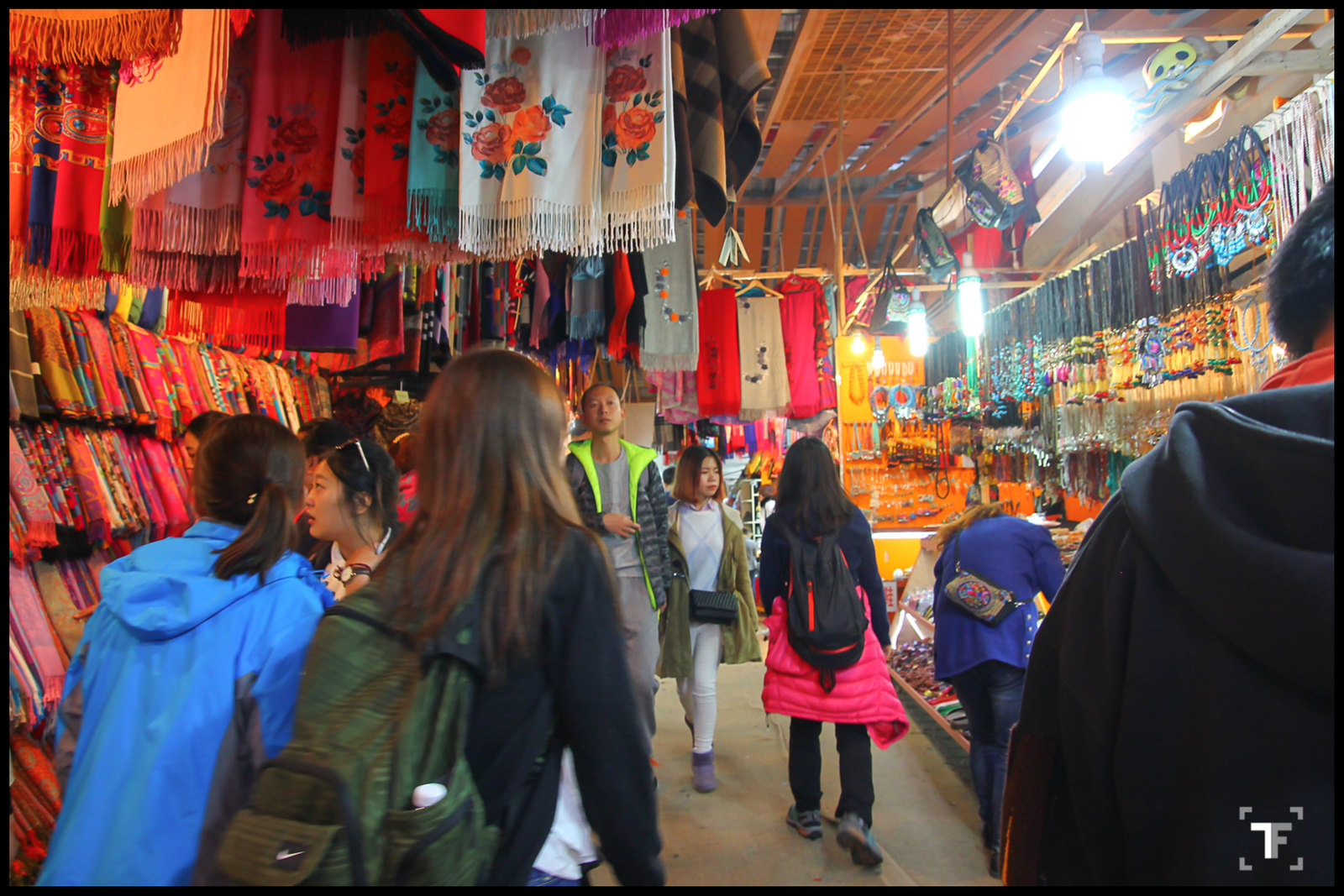
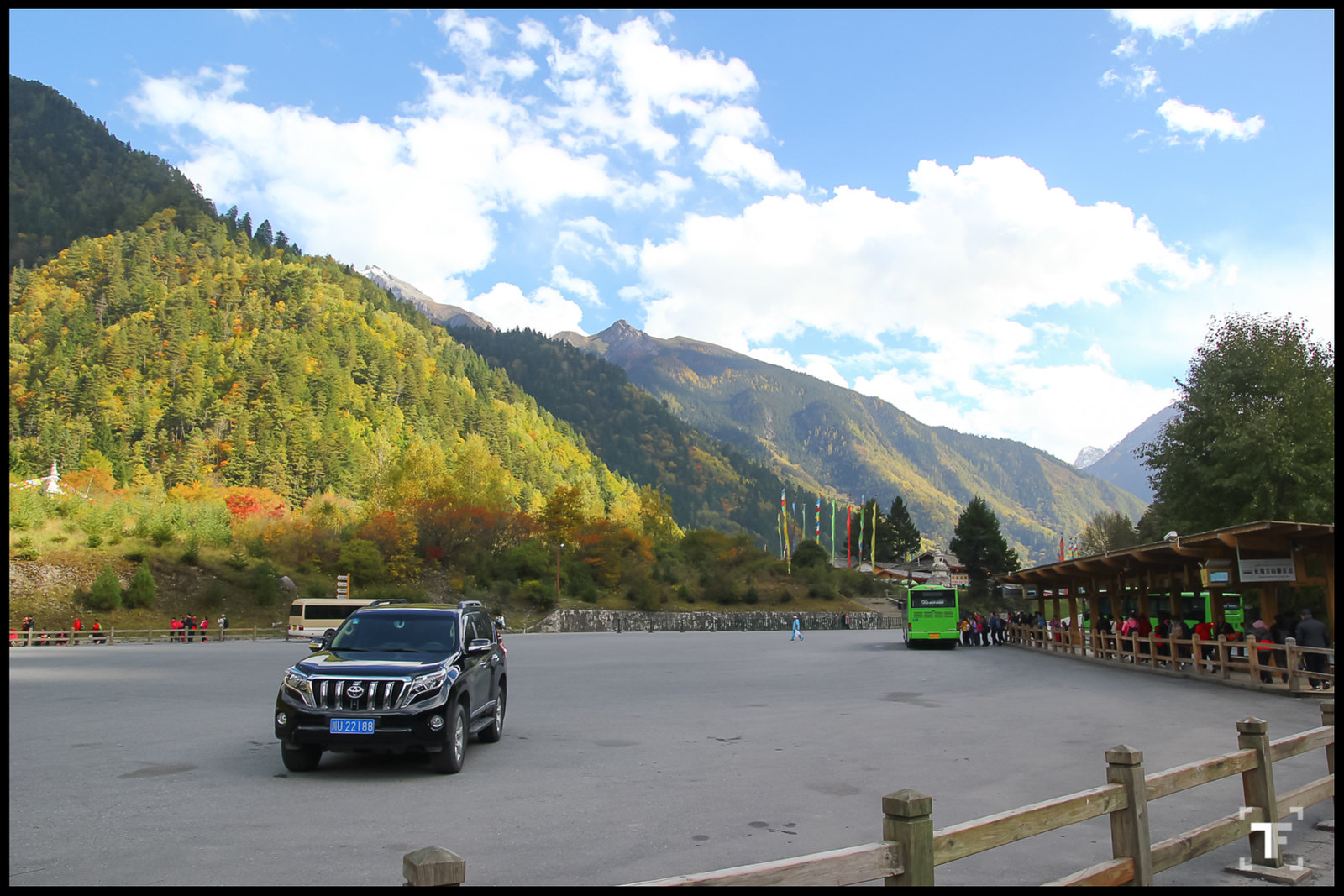
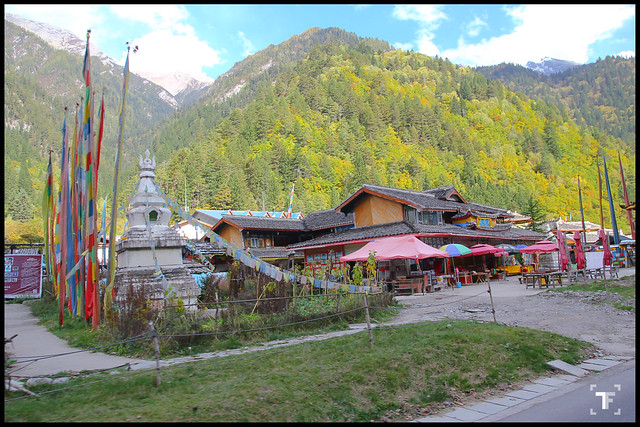
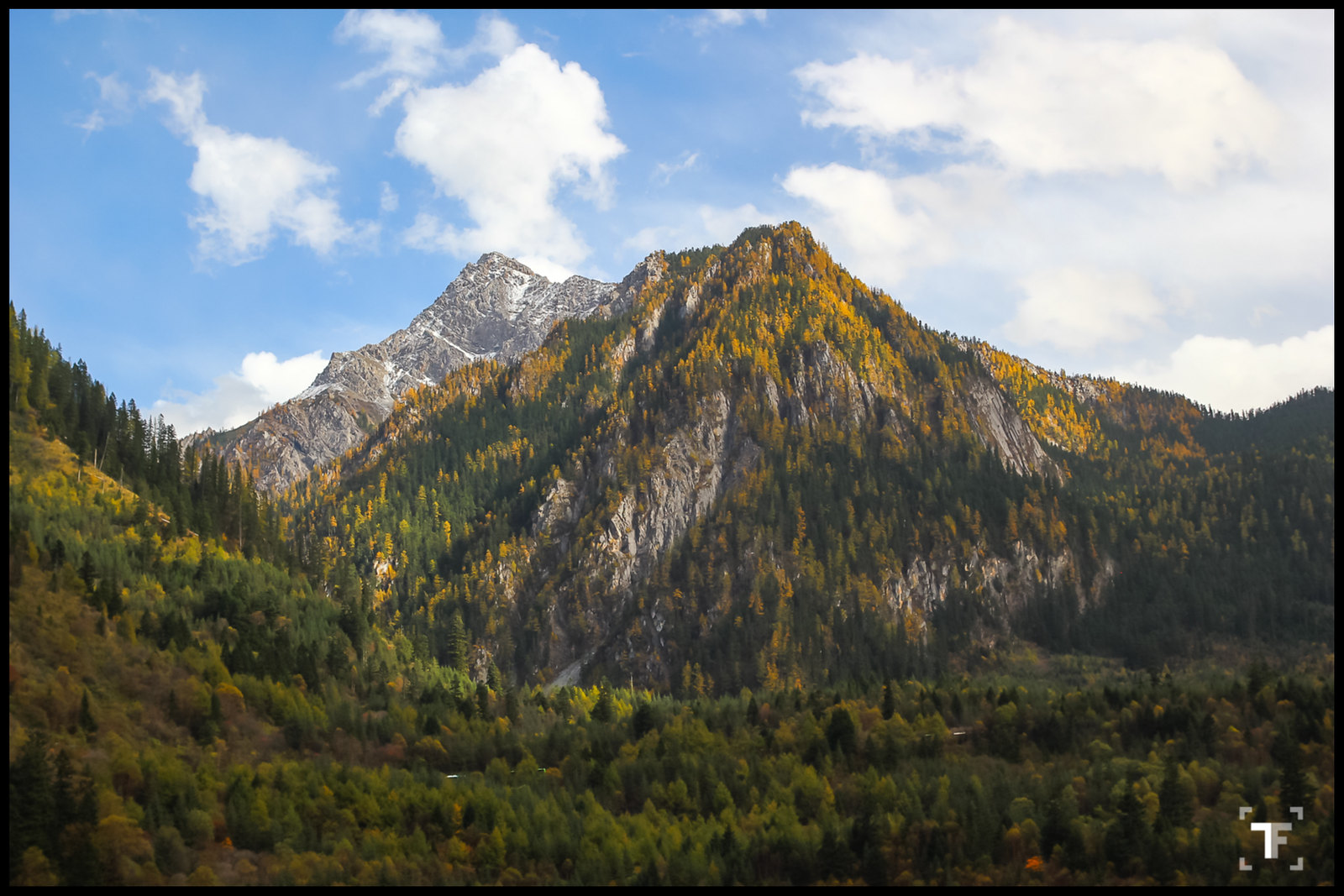
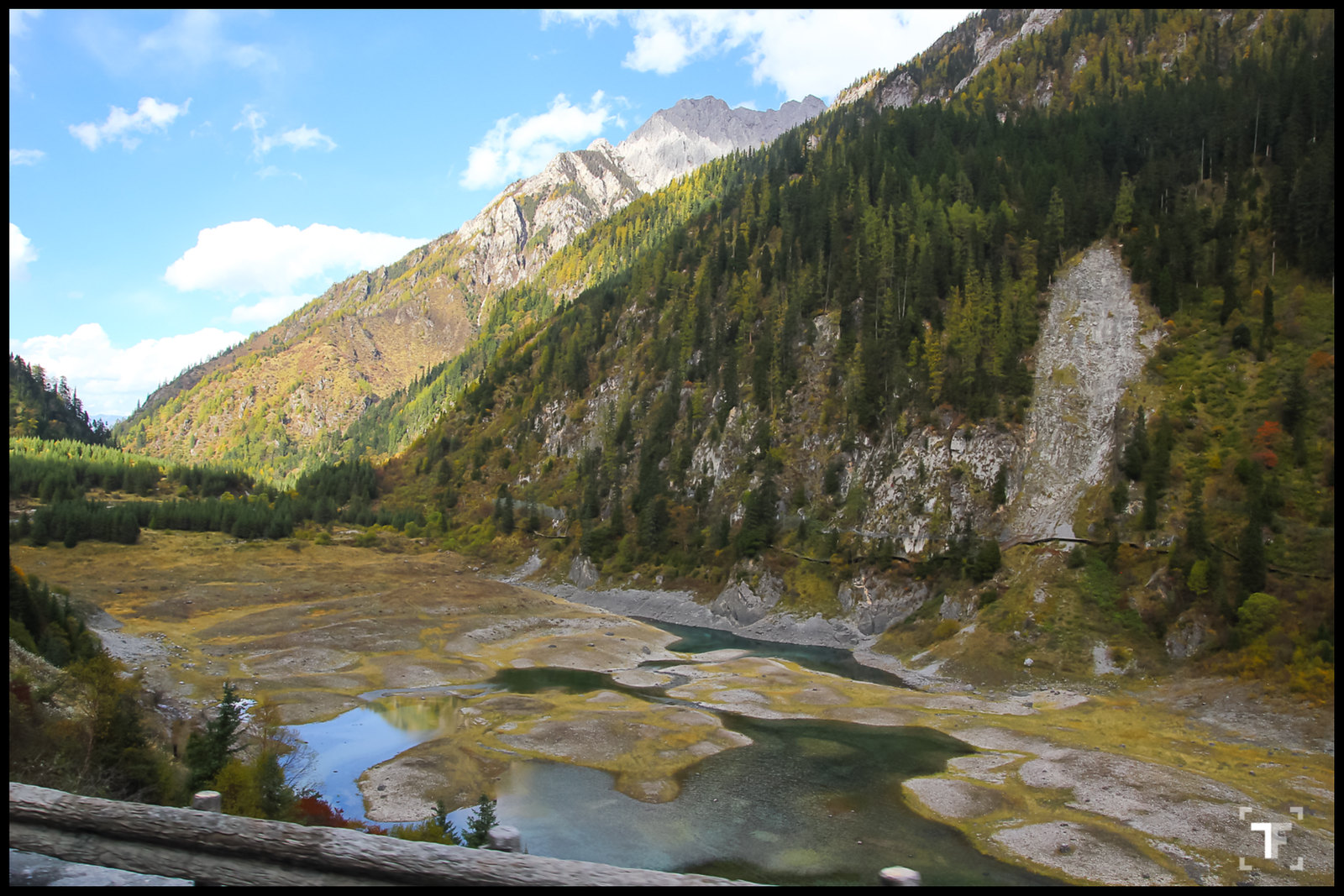
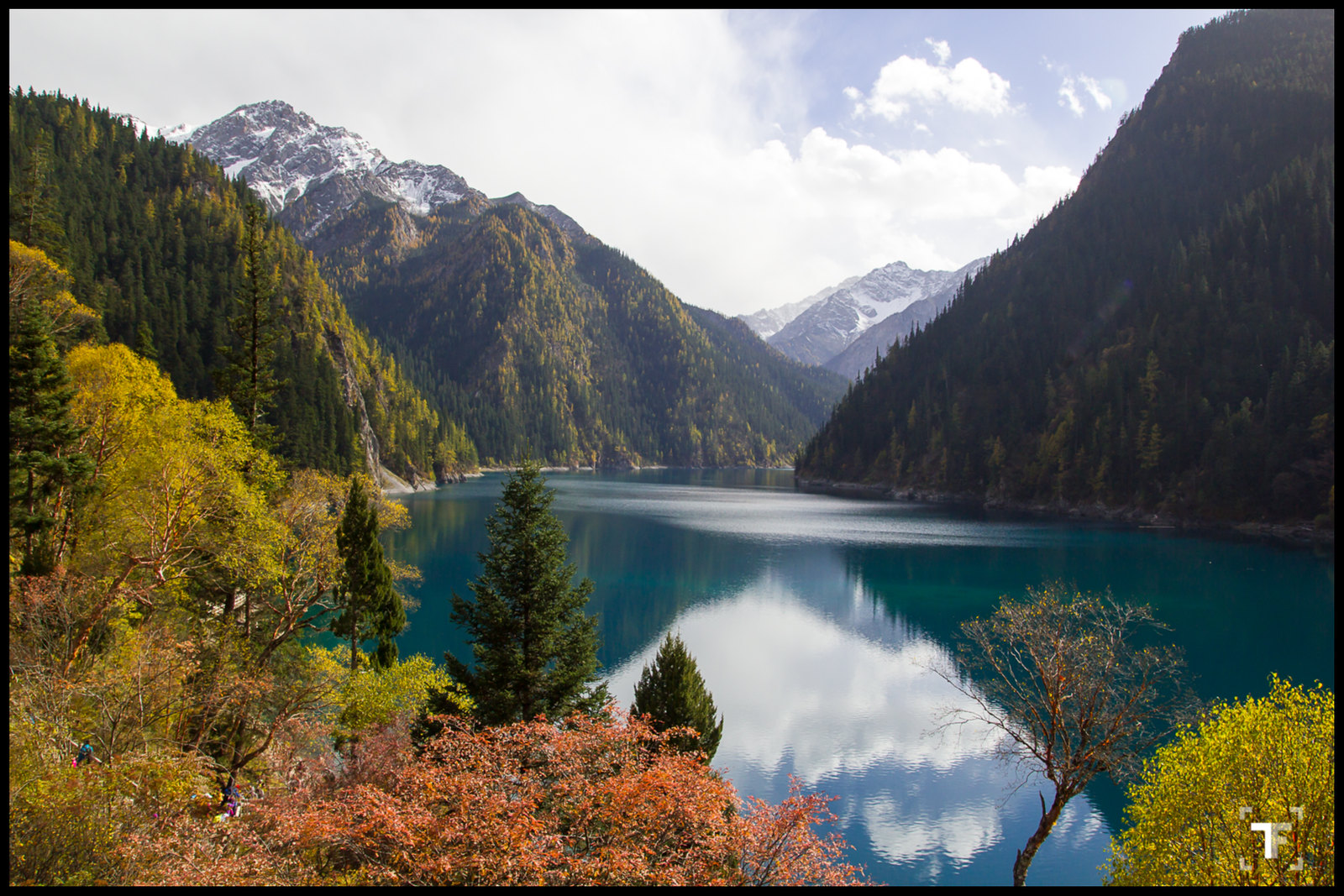
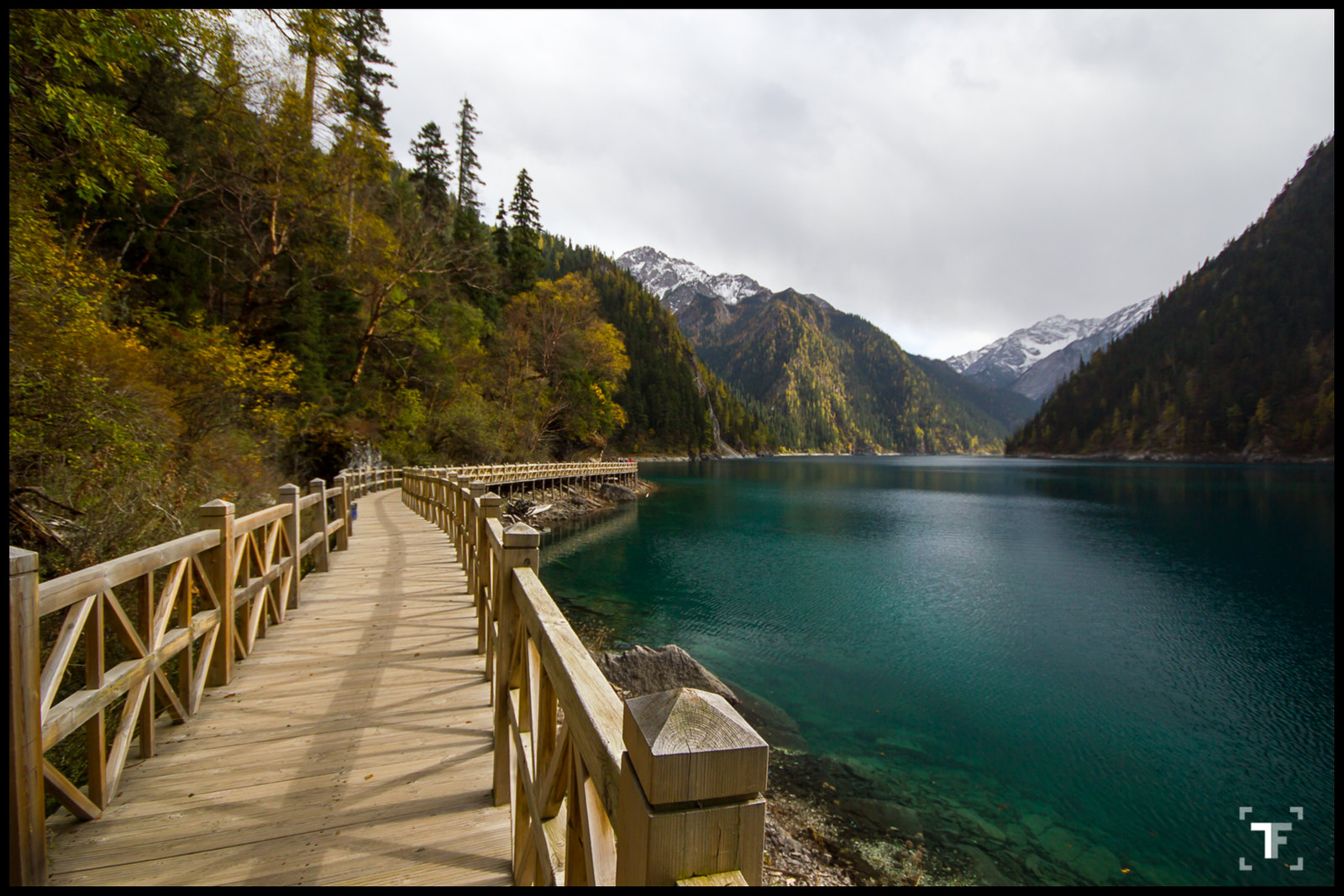
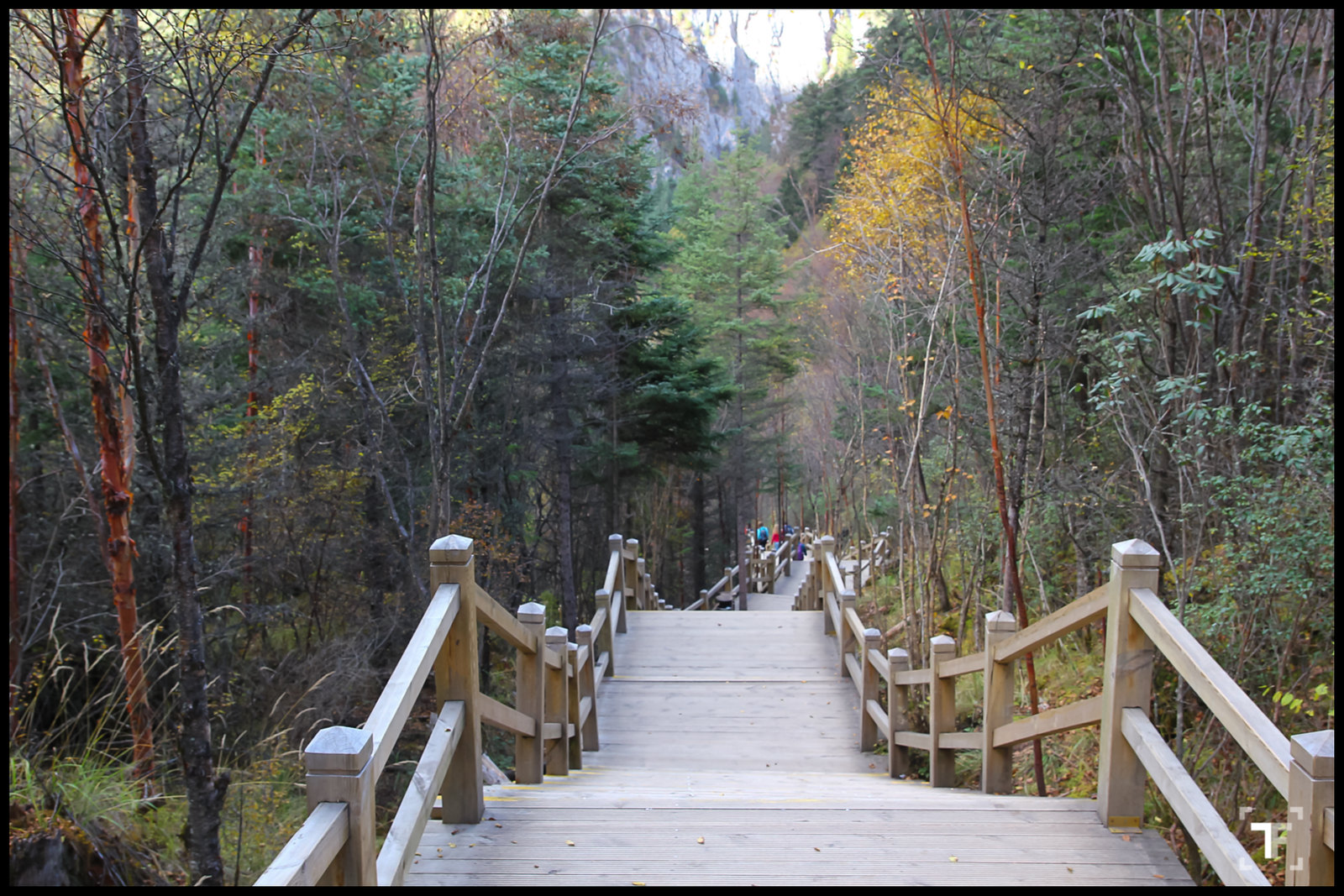

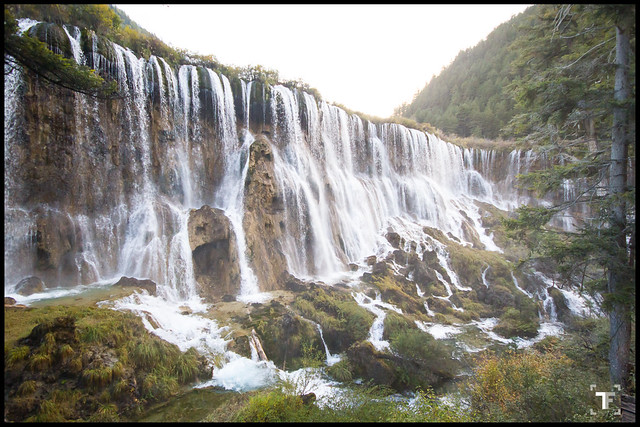

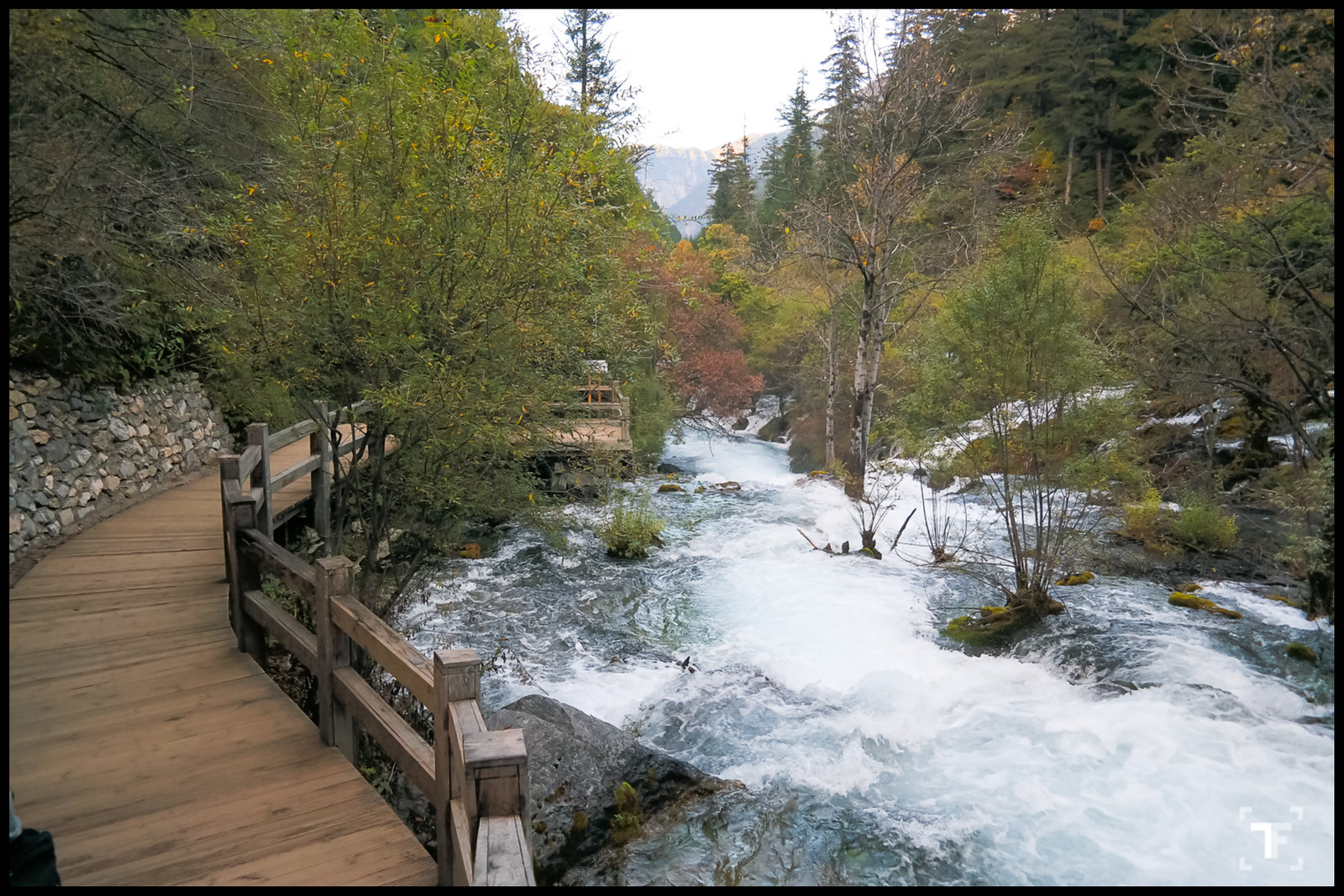

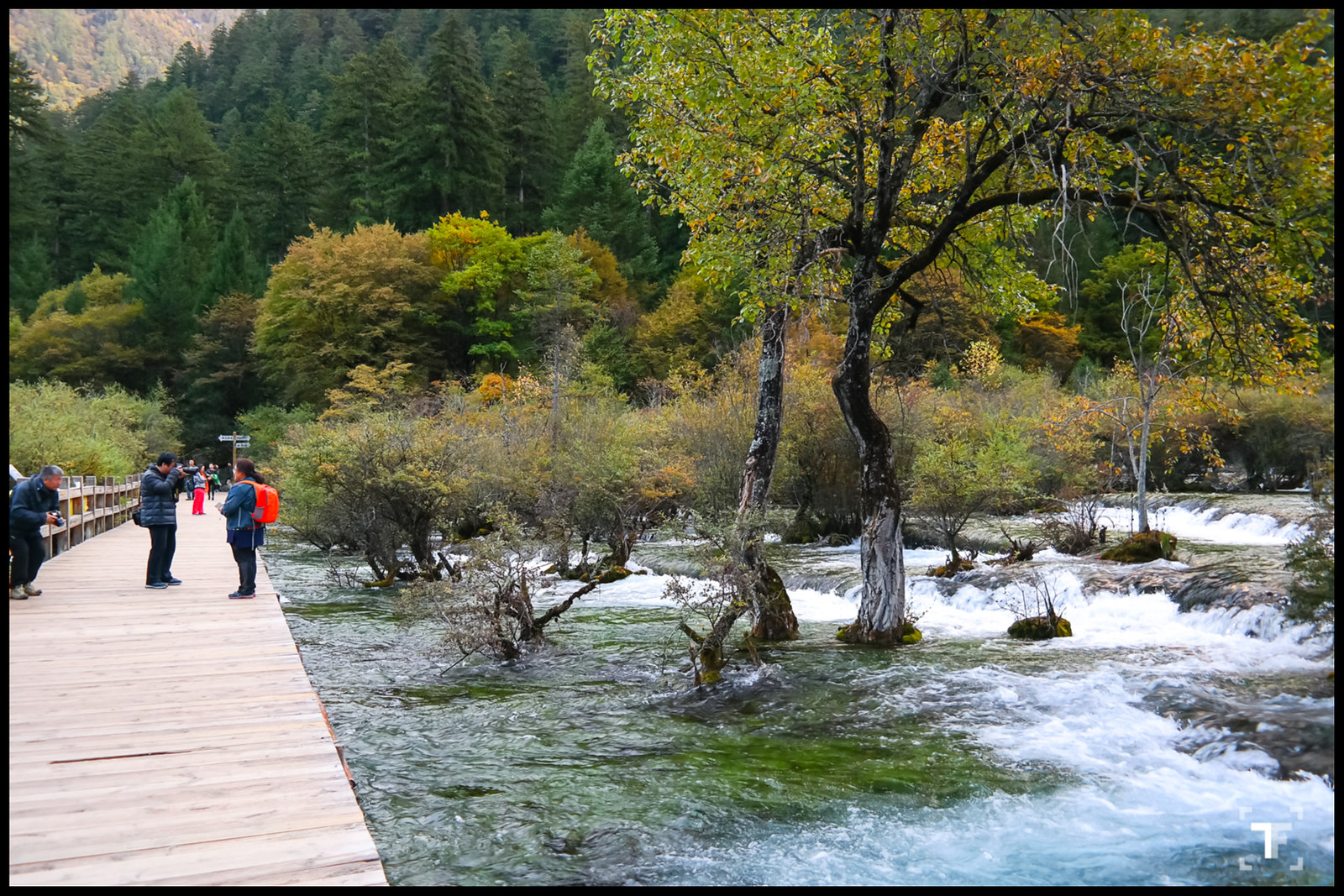
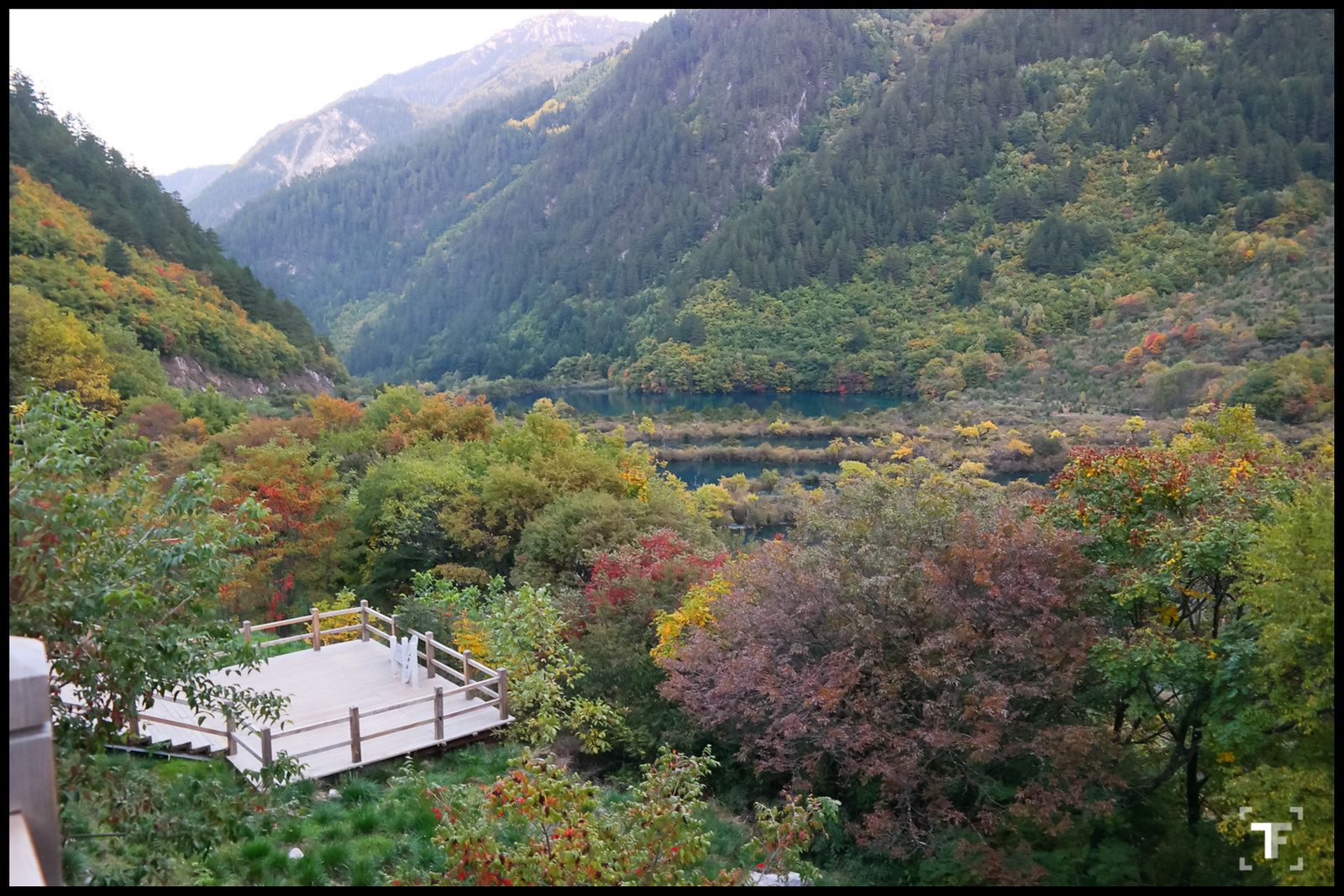
![[FOOD] 20150426 Restoran Pik Wah (MABA) 碧华楼酒家 @ Jalan Hang Jebat, Kuala Lumpur](https://blogger.googleusercontent.com/img/b/R29vZ2xl/AVvXsEiBsn6B-wrz5DoP-ZU5UCl0-f2lWLjESqdu-Vku249kfRwf-sDjoZjZP12SlQC2FG5dFlAGHjxnC89mDUsB6lHgdhSqXnYFPeTcBKbeYWsS_0d1jSxHcY73Y0lGgLZn7vVNYHV8r3cT1_Y/s72-c/Restaurant+Pik+Wah.jpg)
![[FOOD] 20141224 Chan Kong Kei 陳光記飯店 @ Macau](https://blogger.googleusercontent.com/img/b/R29vZ2xl/AVvXsEi1H6-j8tT6oGyphR4DCXjjBIBsc4oaDrymqIZ1fgBkmTrWxDEmxirkHgJTnrtvgR4NS04Hd4vzg9joT_LmwaDTaI4-B6Zet-hTo3Gscji6Oy0zi42-ln5E-cNfW5Y9IxqXgyS-wtbPHNg/s72-c/Chan+Kong+Kei+Macau.jpg)
![[FOOD] 20141220 Hua Cheng Restaurant 华城渔港 @ Leyuan Road, Luohu, Shenzhen](https://blogger.googleusercontent.com/img/b/R29vZ2xl/AVvXsEjeCMX09VE5bdjKcXBAFcDIM2jq1VyUoNfiWIWNHuZ8PYAg_kXMDnqvWaTci4GYIuXLYZjP7qr9Pm5YS7b8aQcInA7h97oUX3ArZ3fhUpH0xzXih9FesJtONKB3QIEvyBAeTvzbDjfmZAU/s72-c/Hua+Cheng+Seafood+Restaurant+Shenzhen.jpg)
![[PLACE] 20141221 Lizhi Park 荔枝公园 @ Futian, Shenzhen](https://blogger.googleusercontent.com/img/b/R29vZ2xl/AVvXsEh9j1MHSRyvfcdzuVul-RevCypwCQFFjQIseNBWTa0vqzbotUnSRZDgdYpVFs4JXd6cC55MMCVWgsuZ_HVAQSt7mI0zf4nebwSn71OBrwkdu20sXjMe90ORyi058D_GLQO7AADgGfDMv_A/s72-c/Li+Zhi+Park+Shenzhen.jpg)
![[PLACE] 20141222 Moxingling 摩星岭 @ Baiyun, Guangzhou](https://blogger.googleusercontent.com/img/b/R29vZ2xl/AVvXsEhQ2NpsYz9QyRv4QEAmyR2_ecYw-nkVDEnNdt9Db1dnBzxSATekazjnWO0GkgnEuOkiSETJfp6m7pcKQo58RK7qZiXx3mjUPRcJA0oAOpMoAHjSEon1lPOx4LKBuUwIqI5YzxLo7d4dVKA/s72-c/Moxing+Summit+Guangzhou.jpg)
![[FOOD] 20141221 Guilin Rice Noodles 爽又爽桂林米粉 @ Haizhu, Guangzhou](https://blogger.googleusercontent.com/img/b/R29vZ2xl/AVvXsEg9sXAx5_g5k3XuL7Cendv2ZmeBkeDDGttd1cJRkQU86q4b5nOO3yaKipul_wEBkv0zE9EhHel4l-z98CLYJKIQYBpHwvGD7P2feQTPqy8vm2lFd8zlZwSIjJn8xRK54mt9aZkBlDZ5nGg/s72-c/IMG_3674.jpg)
![[PLACE] 20161017 Jiuzhaigou 九寨沟 @ Sichuan 四川](https://blogger.googleusercontent.com/img/b/R29vZ2xl/AVvXsEh3fzJi8nOjGhtm3pK2E7n4deBA-eah5EtWT2VUoKV0uguDsVv3zNS2zojXbLQLWrsWwTzfR2PZEWYQ9yAsp6q1s6xEtKTFHgzEPwAai8oaYtJUDfoDAawngJIrQ7aC2OdmJtuwDOoKN2A/s72-c/IMG_3111.jpg)
![[FOOD] 20141224 Yee Shun Dairy 義顺牛奶 @ Macau](https://blogger.googleusercontent.com/img/b/R29vZ2xl/AVvXsEjmsOZP9ZfVJ2kUrPnccNbLAZHAKQOA2Vae3w4hNCbP2j-hMEbWM5RhHg7FYL8Zrrc5M7MpQGPKzu8O9i_qwWYYuiyM-Len2sbpcwfvi_K0V1DSFWvWJtXE3WD9OXXjfcJGiyVlXM4B0lQ/s72-c/Yee+Shun+Dairy+Macau.jpg)
![[PLACE] 20141217 Big Buddha 天坛大佛 @ Lantau Island, HK](https://blogger.googleusercontent.com/img/b/R29vZ2xl/AVvXsEjdHziZlaEh8gGRiN7Pz1oCJpQD-3G30Wy_ilFkdpUFixscU_mFoc9WUgZOb7TSTDkxKdE2ad0iQ7QQAq0b8GJXm_8oybo1thZ_Xn6pYrjLw-Cv4cu1Z_M36GsExE4qMdb0Y51olgXEEUg/s72-c/IMG_2071.jpg)
![[FOOD] 20140614 Cameron Organic Produce Steamboat @ Brinchang, Cameron Highlands](https://blogger.googleusercontent.com/img/b/R29vZ2xl/AVvXsEhEGEzr1UgiAEZQX6x5xqHZskElSoepxMf2WM8pezzwo9J4CM87Y6EEUdbtNrusCR9ednp2sAWe5BDcpuholkBOWM4kE9dO16zCEoWoMl1PjgcmzncXcFazjKvneNGgLQ00hmX7LvVyW8s/s72-c/Cameron+Organic+Produce+Steamboat.jpg)